|
Yet we live in an era of casual fashion. What used to be called "sportswear" is the expected everyday clothing for most of us. Dramatic asks for stiffness and tailoring, but most of what's available in department stores is unconstructed and soft, and the stiff, tailored pieces are expensive! Dramatic asks for avant-garde pieces, but some women who are Dramatic blends aren't comfortable with those looks, or don't have access to those items. Dramatic asks for an aggressive energy, but some Dramatic types don't feel comfortable channeling aggression. So if you are a Dramatic blend Dramatic, what are your easy options for creating a Dramatic impression? You can buy pieces as a set... or you can create a visually unbroken line by simply matching your bottoms to your top. If the color is continuous, people will perceive the line as being elongated. The monochromatic look is also visually intense, which reads as Dramatic.
Women who are Dramatic blends: what are some quick tips and tricks you can share for implementing Dramatic in an everyday wardrobe?
Not sure of your Style ID? Try the Style ID Calculator, or consider a Virtual Analysis.
38 Comments
I can't say enough about this beautiful handmade jewelry. I'm writing about it because I had the opportunity this summer to see it in person.
I had no idea what went into making jewelry by hand. It's frankly awe-inspiring to hold one of these in your hand and think about the fact that the person sitting across from you made it. The silversmith who makes this jewelry, Linda Groom, is so talented. This is the kind of jewelry you own forever; it's flawlessly crafted, it's heavy -- it's real, you know? One of the things I really respect about Linda's jewelry is that she has a consistent aesthetic you can feel across all of her pieces. Blunt edges, earthy materials, organic shapes, and hammered finishes embody the Natural style type. If you're a Natural blend, there's a piece in Linda's collection that will resonate with you.
I love this bracelet for a Natural with Ethereal and Classic elements, a "Preppy Bohemian." The glow of the silver, the slender, gently curving lines, and the overall color scheme add Ethereal; the regularity and balance make it fitting for a Classic as well.
This gorgeous bracelet is good for a Natural with a strong Romantic influence -- a "Babe Next Door." Romantic comes in through the rounder shapes and the deep purple color. I love this bracelet. It's abstract, but dainty and playful too. It's great for a Natural with Ethereal and either Gamine or Ingenue essences. These are gorgeous earrings for a Natural with some Ethereal and Ingenue influences -- a"Flower Child." This is a beautiful bracelet for a Natural with Romantic and Classic -- "Today's Southern Belle." The cuff's overall symmetry adds the Classic element. These earrings would be lovely for a Natural Gamine with some additional feminine influence (Romantic, Ethereal, or Ingenue). I love these for a Natural with Romantic and Ethereal -- a "Glamorous Gypsy." Romantics are great with big, round shapes; the cutout here adds a mystical quality. Linda makes knives too; can you believe it? So incredibly cool. I wonder what types you think her other pieces would suit? Check them out here, and let me know in the comments. Almost a decade ago, just before the beginning of the new school year (I teach, as many of you know), I went to the mall with my credit card and spent several hundred dollars on new clothes. This was a carefully considered decision. It had been years since I'd bought myself actual new clothes. And I had calculated that I would be able to pay off the balance plus interest over the next 12 months. In the years prior to that shopping trip, I had bought and thrown away a lot of thrift-store clothes. I felt unable to make myself look beautiful, and I knew I was wasting money. I thought if I spent some serious money on really nice clothes, I'd feel and look different. I'm a grown-up and a professional, I told myself. It's not unreasonable for me to make a financial investment in my wardrobe. I was right about that last idea, I think; it makes sense to spend money on clothes you know you'll be wearing for years. Yet I don't own any of those clothes anymore. The reason for that, as you may have guessed, is that I had a style analysis not long after that shopping trip, and discovered that most of the expensive shopping-trip clothes were wrong for me. I had chosen mostly Classic and/or Dramatic pieces -- very stiff, structured, sharp-edged items. I think on some level I believed that the dignity of the clothes would automatically elevate the impression I made. Yet my style analysis revealed that Ethereal and Natural garments, which are completely unstructured, were actually more dignified for me. They made my somewhat otherworldly and somewhat rough-hewn features read as noble and magical. In Dramatic and Classic lines, by contrast, my face looked a bit coarse and a bit weird... like, out of place. (You don't put Mother Earth in a suit, right?) I was able to return, resell, repurpose, or gift most of the brand-new clothes, thank goodness. My style analysis cost $350. That's a fraction of what I spent on the wardrobe that was all wrong for me. And that's more than I've spent on any shopping trip for myself in the years since then. In fact, I rarely shop for clothes these days. Many of the items in my current wardrobe are several years old; when I find an Ethereal Natural garment, I keep it until it wears out, because it works for me every time I put it on. For example, I'm on my third pair of these sandals: They last about two years. (Thin soles!) I wear them all summer. When they wear out, I order another pair. I've had this skirt, in off-white, for about six years. (I used scissors to cut off the highest ruffles, the ones at the hip -- I needed a narrower silhouette.) Most of the clothes currently in my wardrobe are thrift store finds. Knowing my style ID means I zoom in on the items that will work for me, and ignore everything else, so shopping is a fast and easy process. It also means that I look better, now, in a shirt I paid seven dollars for, than I looked in anything I bought before I knew my style ID. I spend so little time and money on clothes now. And I feel really confident when I leave the house, every day. My hair is a similar story. I've had the same basic hair for years now. I spend zero time agonizing about what hair style looks best on me, or worrying about whether I should change my style, because I know that what looks good in my clothing also looks good around my face: layers, sinuous lines, rough edges, and a lot of length. Basic Ethereal Natural. Some people really enjoy changing their look every season. And some people really enjoy spending hours trying on clothes. For those people, a style analysis would be a waste of money. But if you're like me, you don't have the time or patience for all of that. You want to know, once and for all, and have it settled, so you can get on with the more important parts of your life. (I work crazy hours, and I have two jobs and two kids, for goodness' sake. I'm guessing you're as busy as I am.) And this is my point: if you love feeling beautiful, but you hate wasting time and money, a style analysis is a good investment for you. Your virtual style analysis comes with a report that describes the process by which I arrived at your result. It also includes specific percentage recommendations for lines lengths, shape sizes, construction/draping, and your masculine-feminine balance. You'll receive your Visual Style Guide and your What Not to Wear as well. At $279, it's kind of a lot of money. I get that. But it's an investment in your future and your peace of mind. And I expect you'll recoup that investment, as I have recouped mine. I recently decided to try to answer this question. My interest in the question was sparked when I noticed that some men who appear to have a lot of Romantic or Ethereal -- which are feminine essences -- -- are more attractive with full beards than they are clean-shaven. This was initially a puzzle to me, because beards, I was thinking, are iconically masculine, and these men are otherwise flattered by feminine details such as soft fabrics and draping. (Kit Harington is gorgeous in a draped scarf.) But a couple of possible explanations have occurred to me. Romantic and Ethereal essences require soft edges and a lack of structure. Hair is inherently soft-edged and unstructured, right? A person has to go to a lot of effort to make hair look stiff or sharp. So perhaps a full beard on a very Romantic man (a man with sexy, voluptuous features) or a very Ethereal man (a man with angelic, otherworldly features) is flattering because the beard adds soft edges and a lack of structure to the face. I think Benedict Cumberbatch has a lot of Ethereal, and I love him with facial hair. (Though the right is too scraggly! It's tough to find a pic of him with a full but neat beard.) Same with Keanu Reeves and Tyson Beckford. In all of these men, I think the beard, in addition to adding softness, brings out the "wise" quality Ethereals have. (Keanu has some Dramatic too, I think. More on those guys below.) But how do we explain men with a lot of Ingenue (a youthful, pretty, girlish beauty) who are flattered by beards? Because that's totally a thing. Ingenue is a feminine essence, but unlike Romantic and Ethereal it calls for clean edges and a bit of stiffness. So you wouldn't necessarily think a beard would flatter an Ingenue man's face. Yet I notice a lot of men who seem to be quite Ingenue are improved by beards. Rainn Wilson (Dwight from from The Office) has a high forehead, a tiny nose, a small mouth, and a tiny chin -- all features that read as girlish. I'm guessing he has a lot of Ingenue. And he's much improved by a beard. I suspect Eddie Redmayne has a lot of Ingenue as well. (He's so pretty, and see how well he passes for a girl.) And again, look how much better he is with a beard. Jeffrey Wright is another actor I'd call "pretty" without a beard, and who looks much more handsome bearded: I think beards do flatter Ingenue men. The question "why?" is one I'm still mulling over. To my eye, beards on these men bring out quite a bit of manliness that wasn't previously there. They seem to bring these men into balance as men. Without the beards, these men are too Ingenue, IMO. Is it the case that a beard, despite being iconically masculine, is actually feminizing in its visual effect? ... because it's soft and round-edged? And that adding the feminine element to an Ingenue man emphasizes his masculine qualities by contrast? -- just as adding the masculine elements to Dramatic, Natural, and Gamine women actually make them appear more feminine? (Great example: short hair s. long hair on Winona Ryder.) I think I'm on to something here. * * * Who else is flattered by a beard? Well, our craggy, rough-hewn, approachable Naturals, of course. That shouldn't surprise anyone. They're like the poster guys for beards. See Jeff Bridges, The Rock, and Will Ferrell, three guys I think have a lot of Natural: (Though the Rock has perhaps Classic and Dramatic too?) In the case of Naturals, I think the explanation is obvious: Naturals are good with shagginess. Beards have a shaggy quality. Easy peasy. (This is analogous to Natural being the only masculine essence that is flattered by round edges instead of sharp corners, and by flow instead of structure.) So, who isn't great with a full beard? Well, Gamines, for one -- men whose handsomeness is boyish. Leonardo DiCaprio has a ton of Gamine (which is why he can wear bow ties even though he's over six feet), and he is definitely more handsome without a beard. This makes sense -- Gamines need straight lines and sharp corners. The only facial hair I've seen look appropriate on Gamine-influenced men is controlled and mischievous-looking: But for a very Gamine man, even a groomed, devilish goatee is too much: Meh. Baby-faced Leo is just better clean-shaven. Classics, too, are not at their best with beards. I suspect Jon Hamm has Classic with some Dramatic, and I don't think a beard is an improvement on him. (He may have some Natural too, but not enough to pull off that beard.) It makes sense that men with a lot of Classic wouldn't be flattered by beards; Classic beauty derives almost totally from regular, symmetrical features, and a beard would just obscure those perfect features. Is George Clooney better with a beard? I don't think so, and I suspect the explanation lies in how much Classic he has. (He has a little Natural, but, again, not enough to work that beard, IMO. And he also has some Gamine, which is contraindicating the beard as well.) Michael C. Hall is also too regular-featured for facial hair: Last but not least, let's look at highly Dramatic men -- men with masculine features that are sharp, narrow, and intimidating. I don't love them with full, uncontrolled beards, but they can be flattered by very controlled and/or imposing facial hair. A beard that's groomed to be very full only around the mouth (like a very full Van Dyke beard) is good for Dramatics. And I keep coming back to highly Dramatic men as the only men who seem able to pull off a full (not thin or fine) solo mustache -- especially when it's turned down at the corners. What do you notice about the men in your life? And how do we explain beards for Ingenue men? Let me know what you think. A reader recently asked me this question. It's a fun question for me, data nerd that I am. :-) To answer it, I took a quick look at my last 26 virtual style analyses. I counted the number of occurrences of each of the seven individual essences. A couple of clients have come out as pure types -- for example, I have had a pure Natural and a pure Dramatic -- but most women turn out to be a blend of two or three essences. It turns out that all seven main essences were more or less equally represented in my last 26 style analyses. At the high and low ends, I had seven appearances of Ethereal and ten appearances of Gamine. Each of the other five basic essences -- Natural, Dramatic, Classic, Romantic, and Ingenue -- appeared eight or nine times. So perhaps Gamine is slightly more common, and Ethereal is slightly less common? Or the difference could just be due to chance -- though I didn't test it, I doubt these differences are statistically significant. And there's also the possibility that women who contact me are not a representative sample of all of the types. Which style combination types are the most common? I tried to answer this by looking at which of my personal style products are ordered the most frequently. The style types most frequently requested are: Natural-Classic-Gamine - The Posh Tomboy Natural-Classic-Ingenue - The Polished Farmgirl Romantic Natural - The Babe Next Door Romantic-Natural-Classic - The Sexy Prep As for the question which combinations are the rarest, there are a couple of combinations that stand out as being very underrepresented in products ordered from my store. They are: Dramatic-Gamine-Ingenue - The Childlike Czarina Dramatic-Natural-Gamine - The Casual Punk Ethereal-Classic-Gamine - The Polished Sprite Ethereal-Gamine-Ingenue - The Spunky Fairy Dramatic-Natural-Ingenue - The Dark Mori Girl Dramatic-Gamine-Ingenue, the Childlike Czarina, is far and away the least ordered type. So perhaps it's the rarest type? Or it could be that DGI woman are less likely to type themselves as such, or to visit my site, or to order from my site. Hard to know. :-) The trend I notice above is that each apparently uncommon type combines a supernatural-ish essence (Dramatic or Ethereal) with a childlike essence (Gamine or Ingenue.) I do think it's rare to see people with those combinations. Are you one of these very rare types, or do you know anyone who is? Do you know any celebrities who might be one of these very rare types?
If you're not sure of your style ID, try the Style Identity Calculator! Or consider investing in a virtual style analysis. We women are frequently told that, once we are past a certain age, there are childlike things (like miniskirts and polka dots and bows) that we just can't pull off anymore. But the truth is, some of us could never pull off these items. And some of us continue to look fabulous in them well into old age. That's because childlike elements suit women with a lot of Gamine essence (youthful, masculine beauty) or a lot of Ingenue essence (youthful, feminine beauty). And there are plenty of older women who are strongly Ingenue, or Gamine, or both. Betty White and Jane Goodall are two examples I use a lot, but also see Audrey Hepburn in her old age, Whoopi Goldberg, Debbie Allen, and Roseanne Barr. Some people never stop looking adorable. One of my favorite things is seeing older women killing it in Gamine and Ingenue styles. It comes across as incredibly confident because it's obvious that these women really see themselves. They look in the mirror and know what they look like, and embrace it by coordinating their style choices with their natural geometry. Don't let the fashion industry tell you what to think on this issue. Be guided by what you actually look like. If you're strongly Ethereal, Natural, Dramatic, Romantic, and/or Classic, you'll probably want to avoid traditionally childlike fashions -- even if you're still a teen. (I'm an Ethereal Natural, and even as a child I wasn't flattered by polka dots or bows or cutesy patterns.) But if you're strongly Gamine, you can feel confident in booties, funky eyeglass frames, tights, miniskirts, bright colors, playful jewelry, and everything else whimsical and funky. And if you're strongly Ingenue, don't hesitate to sport ringlets, tiny floral prints, peplums, ruffles, Mary Janes, babydoll silhouettes, and everything else girlish and sweet. Not sure what your Style ID is? Figure it out yourself with the Style Identity Calculator, or invest in a Virtual Analysis. In my part of the world, pools open Memorial Day weekend. I hope that gives many of you enough time to take advantage of the Swimwear Guides I am so psyched to offer now. I hope to revolutionize the way women think about swimwear. If you're familiar with my blog and my style system, you know that I propose that women look best when their dress for their faces, not for their bodies. As far as I know, no one else has made this realization, and I think it's really important to spread the word about this. As women wanting to look our best, we are encouraged to obsess about the tiny details of our bodies. Are my shoulders the same width as my hips, or slightly wider? Am I an apple or a pear? Are my fingers delicate or just bony? A lot of us have spent dozens or even hundreds of hours asking ourselves these questions. When it comes to swimwear, the pressure to scrutinize our bodies so minutely is particularly intense. I want you to know and believe that it is all utter bull. If you have a Dramatic face, you'll look your best in a Dramatic suit -- even if the style websites are telling you to disguise your flat bust with ruffles, or choose a suit with a skirt to hide your thighs. If you have a Romantic face, you'll look your best in a Romantic suit -- even if the style websites are telling you to avoid string bikinis, high-cut swimsuits, and side ties. Here, see two beautifully busty women, Jennifer Love Hewitt and Kim Kardashian. One strikes a dissonant chord in a bust-emphasizing bikini, because her face is too childlike and sweet. The other is amazing in a similar top, because of the mature, sexy elements in her face. Here, see two women in a simple maillot -- Selena Gomez and Jamie Lee Curtis. Both women have curvy bodies. But on one woman, the minimalism and geometry of the suit is incongruous with her sexy, impish face. On the other woman, the suit is great -- the clean, stark lines echo the clean stark lines of her face. I have a ton of Natural in my face, and simple, sporty bikini tank tops are great for me -- even though conventional fashion wisdom tells me I am supposed to inflate my nonexistent bust with ruffles or embellishment. There's no point in creating for myself the illusion of a sexy bust, when a sexy bust is at odds with my face! We're taught to zoom in on our bodies and focus on every tiny little detail of them. But when you zoom out, our bodies are not that different. And that's how other people look at your body: zoomed out. When you're in a bathing suit, NO ONE is noticing whether your shoulders are square or tapered. What they are looking at -- what they are zooming in on and examining minutely -- is your face. That's how all of us look at faces, because the human brain is wired to do that. And if your suit coordinates with your face, that's all people will notice. I know this is a difficult idea to take in. When we feel unsafe, we default to what we've always done -- and, for many of us, appearing in a swimsuit feels incredibly vulnerable. Let me just suggest this: Try on a suit that I am recommending for you. Take a pic of yourself in the dressing room, and share it with the friend you know will give you honest feedback. (That's not all of your friends, bless them. Be judicious here. You want real honesty.) Or just keep it on your phone, and come back to a week later, when you have fresh eyes. I believe you'll see yourself looking more flattered by a bathing suit that you have been in a long time. Or you'll have a moment in which you realize why you always loved that one particular suit, despite it supposedly being wrong for your "body type." Here's the first page of the guide for Natural-Classic-Ingenue. Each guide comes with the following:
The are $11.99. Try your Swimwear Guide here. Be sure to indicate in a comment to your order which Style Identity you'd like me to send you. (And if you're not sure of your Style Identity, consider trying the affordable Style Identity Calculator, or investing in a Virtual Analysis.) A woman for whom I recently did a virtual analysis offered to write a customer testimonial for me. Now that I'm in my 40s, one of my personal goals is to become more comfortable tooting my own horn. So here it is. :-)
* * * Why get a Style Analysis from Rachel? After all, can’t you just figure out this stuff yourself? I mean, it costs money, and all that. I can give you one great reason: Rachel’s gift is magical. Her style analysis is spot-on, objective, and exact. She nailed it. Like most of us, I have been rather haphazard about my style choices. While I like to think of myself as a smart woman, I have a hard time filtering out the style and fashion noise that bombards us daily. Many of us find the process too difficult to navigate, so we opt out. Many just wear sweats and flip flops, unless heading to work. Others, like me, try and try again, spending countless dollars testing out theories and never quite getting it right. Both extremes can justify these choices with the idea that we are not going to be victims of consumerism, or that we can reinvent ourselves as the occasion demands. And many are satisfied with that. I am not. Like most, I have a lot of demands on my time and money, so I want to make sure I maximize both. These days, at least, image is important, so making the most of that image without breaking the bank is, to my mind, a worthy goal. I have educated myself about image matters, at least minimally. According to many media sources, I should, at my age, “know what works for me.” I’ve spent more than 50 years as a female marketing target in the United States, though. And I know I am not alone in being more confused about what works for me than ever. Let’s face it: we are constantly being told that we can control or create our image. We can even live virtually behind an avatar, if we choose. This image thing is NOT easy. Meaningful style analysis was (and is) an elusive target. When I first started spending my own money on clothes, style analysis was limited to the passing reference to types in the back of the Color Me Beautiful books: Dramatic, Classic, Romantic, Natural, and for a small number of people, Ingenue. I never felt drawn to any of those pure types. Based on the offhand comments of family and friends about how small I am (5’4” on a good day, and very short waisted), or how I should look for my various life roles (work, wife, mom) I always distorted the self-test results away from the Dramatic looks that appealed to me. I am too short to pull those off, I would think. High fashion is not for women like me. I persevered, though. I did not resort to sweats. I watched makeover shows. I bought fashion books. I pinned all the pins about face shape and how to put on makeup for my eye shape. I wore the Lilly Pulitzer dress that matched the pink dress my daughter loved. I wore the Land’s End quilted jacket all the moms were wearing. I developed a utilitarian basic work wardrobe that required no effort on hectic mornings. My image functioned, but it wasn’t great. And it wasn’t cheap. Trying the latest fad, or buying clothes just for the right color, gets expensive. So does purging your wardrobe of clothes you love because they supposedly don’t work with your angular shoulders. Because, you see, I would focus on individual features of my image without having a vision for the whole. But Rachel has hit on something the shows, books, blogs, and advice columns won’t tell you: there are parts of your image you can’t change. As she says, your combination of facial features and body parts, the curves and lines they create, give off an impression. Whether you like or accept them, it is good to know what they are. When I started reading Rachel’s blog a few months ago, I tried to self analyze. I had never heard of the Kibbe types, so I read and looked on Pinterest. I read Rachel’s research on facial typing, and I realized that I probably did not have the discipline to apply this information to myself accurately. I had never heard of Ethereal as a style type. Flowy clothes were always either Romantic or Natural, but the supernatural Ethereal look is distinct from the others. Gamine is similarly distinct from Ingenue as a youthful look and from the other masculine types. And it makes so much sense to have this symmetrical division from Dramatic on the masculine end to Ethereal on the feminine, with Classic in the middle. My self analysis wasn’t trustworthy. Years of fashion industry static has made me doubt my eye and my instinct. What’s more, I sometime confuse my mischievous side with a visual style: in short, I saw myself in all of the types. I am small, so I could argue the Ingenue or Gamine essences, but I don’t like the fussiness they need. I am not symmetrical enough to be a Classic, but I do like proportion. I have some rounded features, so maybe there is some Romantic in there. I have some rather average features, and earth tones work for me, so maybe a Natural. Dramatic and Ethereal really appealed to me, but I could not see whether I was coming forward (Dramatic) or receding (Ethereal). And those can’t be right because I am short. I needed help. Enter Rachel. For me, Rachel’s style analysis, like all truths, has set me free. I am a Dramatic Ethereal Classic (50% Dramatic!). I felt drawn to this type, but had talked myself out of it! Again, I had failed to see that my whole was greater than the sum of my parts. This type makes sense of all of my conflicting signals. I am no longer afraid of my dark coloring: it fits. I am no longer trying to soften the things about my appearance others find intimidating: the Ethereal elements in my style can do that for me without being cutesy, overly casual, or overly ornate (all things I have tried). The Classic part gives proportion to my shortness. On Rachel’s recommendation, I am trying hairstyles some of the online experts would disapprove of, like no bangs on my long face. I am trying styles that are supposed to be wrong for me, like boatnecks for my broad shoulders. AND THEY ARE WORKING. I have gotten compliments from random co-workers for each of these small experiments. The people who have seen Rachel’s recommendations for me have unanimously approved. Here is the best part: I am not afraid of growing into this image. I can look back and see that these elements have always been part of me, and knowing that, the future looks so much brighter! Is Style Analysis worth it? With Rachel it is. Thank you, Rachel, for helping me find myself! * * * This customer's words made me so happy. More than anything, I want to help women feel authentically beautiful. If you're interested in a virtual analysis for yourself, book it today! :-) And keep in mind that many women do find success using the very affordable Style Identity Calculator on their own. :-) Despite the fact that we women are taught almost from birth to obsess about the appearance our bodies, what looks good on us is determined almost completely by our faces. (Read more about this here.) Style systems that rely much more on body shape are probably going to put a disproportionate number of heavier women into the Romantic category. That's often going to be a mistake, though. There are plenty of really big ladies who just aren't flattered by velvet and draping and ruching. Chrissy Metz is an example of one. Romantic is much too mature for her, despite what some people would call her "womanly" figure. She looks best when she dresses for her super-cute face, not her curvy body. What about as a person gains or loses weight -- if one's face becomes more or less rounded, does this add or remove Romantic Style ID? Women with a lot of Romantic essence tend to have very rounded and characteristically feminine features -- full lips, full cheeks, narrow chins, high foreheads. I do think additional weight can sometimes add Romantic to a face. But OTOH, it can add Gamine or Ingenue instead, by making the face appear rounder and cuter. There's overlap on those points between Romantic, Gamine, and Ingenue. I think it takes a lot of weight change to make a significant change in one's Style ID. And features that tend to read as R -- luscious lips, delicate chins, high foreheads, sexy eyes -- are often pretty stable, regardless of weight. Star Jones famously had a big weight change. I think she had a good bit of Romantic before -- I liked her in blingy jewelry, lace, and a smoky eye. Did she lose some Romantic when she lost a ton of weight? Perhaps. I can identify a few changes. Younger Star's nose reads as tiny and delicate in the context of her fleshier face; when her face is leaner, her nose reads as more strong and angular. Her overall face, though still somewhat rounded, appears a bit narrower. Maybe there's a bit more Natural or Dramatic?
But she's still pretty good in curls and cleavage emphasis. I think she retains a lot of her Romantic from before. Star Jones' weight loss was reportedly over 100 pounds. If that really big change in a person's body results in only minor changes to the face, it's reasonable to expect that a person's style identity won't change much from less drastic changes in weight. Here's an interesting paper documenting some scientists' efforts to develop a computer program that can identify the relative masculinity/femininity of human faces as accurately as humans can. It's a great article to read or skim for a quick exposure to the world of "subjective gender scoring" in scientific research. Overall, human raters tend to agree about how masculine or feminine any given face is. Human raters are also pretty good at determining whether someone is a man or a woman based just on the face, although a large minority of faces are ambiguous enough for raters to disagree about their sex. (There is actually some evidence that people perceive these androgynous faces as more beautiful, but that's another post.) All of which is to say, "masculine-looking" and "feminine-looking" are things. They are qualities humans perceive, and they're fairly objective, inasmuch as people (even across cultures) mostly agree with each other about them. Although human biological sex is binary, masculine and feminine appearance is a dimension, not a binary. In other words, it's not the case that the most feminine-looking male face is still perceived as more masculine than the most masculine-looking female face. Instead, both men and women vary in how masculine or feminine their faces appear to others, and there is a lot of overlap. You have probably noticed that I use the words "masculine" and "feminine" quite a bit in my system, to describe what faces look like. This sets me apart from some other theorists who use euphemisms like "yang and yin," or "sharp and soft," to describe exactly the same differences. (There are plenty of other euphemisms in use as well.) I could use words like "sharp" and "soft" where I mean "masculine" and "feminine," and it wouldn't necessarily be inaccurate. I know that some women just don't like having the word "masculine" applied to them in any way. But I prefer to use the words "masculine" and "feminine," even so, for four main reasons. 1. The first reason I use the terms "masculine" and "feminine" as descriptors is accuracy. In my system, the terms "masculine" and "feminine" are literally accurate. I use them to describe traits that characterize members of one sex more than the other, and that therefore signal biological sex to human raters. 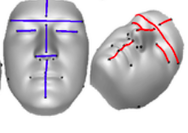 It's just a fact, for example, that a short nose bridge is more common in women than in men, and that human raters perceive a short nose bridge as feminine. I care about facts, and about reality, and I assume you do too. I don't care to pretend things aren't true when they are. I prefer to accept the truth, and proceed from that acceptance. 2. The second reason I use "masculine" and "feminine" as visual descriptors is that the seven style archetypes largely depend on gender for their meanings. They derive in large part from our culture's pre-existing ideas about certain archetypal men and certain archetypal women. For example, features that read as both youthful and feminine tend to communicate sweetness and innocence, and that's because, as a culture, we have a pre-existing idea that "girlhood" is synonymous with innocence and sweetness. The Ingenue archetype is the physical embodiment of this assumption. (Of course, little girls are neither more innocent nor more sweet than little boys, and to proceed as if they are is to proceed on a stereotype. But we can acknowledge the existence of these obviously sexist archetypes, and use those archetypes to communicate meaning in fashion, without mentally swallowing the stereotypes. I am aware that girls aren't more innocent than boys, but I also know that other people interpret girlish visual cues as signaling innocence, so I am going to use that knowledge.) 3. The third reason that I think it's important to say "masculine" and "feminine" is that understanding your balance of masculine and feminine elements is key to looking your most beautiful. Almost all of us women have a mix of masculine and feminine elements in our visual appearance. Yet we are choosing clothes and accessories made for women, so they tend to be feminine choices. This can result in us looking less beautiful, because when our clothes or accessories are more feminine-looking than we are, we go from looking "chiseled" or "striking" to looking actually mannish -- which is quite different, and unlovely, because it's jarring. Consider Jamie Lee Curtis, one of my favorite examples of a woman with a lot of masculinity in her features. Is she her most gorgeous with longer, feminine, hair, or with shorter, more masculine hair? In the picture on the left, her hair is more feminine than she is, and the result is that her face looks mannish, rather than striking or majestic, by comparison. She's more obviously a woman in the picture on the right; the relative masculinity of her hair is directly proportional to the relative masculinity of her features, and she's a striking, powerful-looking woman -- her best look. I talked about this phenomenon -- that an appropriately masculine context actually makes a woman with masculine elements look more lovely -- with regard to Winona Ryder, in my blog post about Gamines. Google pictures of this objectively pretty woman: the more feminine her clothing and hair are, the less lovely she becomes. The same is true for Cher, for Hilary Swank, for Jennifer Aniston, for Sandra Oh, for Whoopi, for Frances McDormand, for Elisabeth Shue, and for tons of other women celebs with a lot of Natural or Dramatic or Gamine: when their context becomes too lacy and ruffly -- too feminine -- they are less lovely, not more lovely. The same is true with me! I have a huge helping of Natural, and too-feminine looks are unpretty for me. Messy hair, some gloss, and an unconstructed top, on the other hand -- gorgeous. If I do say so myself. :-) IMO, we have to talk about "masculine" and "feminine" in order to achieve the proper masculine-feminine balance in our clothing context, to allow us to look our most beautiful. 4. The final reason I prefer using "masculine" and "feminine" to using euphemisms is this: To change my language would be to say that I think it's right or appropriate for the word "masculine" to be insulting as a descriptor of women's features. To change my language would be to say that I agree that masculine features are somehow inherently unlovely in women. I won't agree that it's an insult to describe women's features as masculine, because I simply don't believe that's true. Women with more masculine features are beautiful. Women with more feminine features are also beautiful. To say otherwise is like saying a circle is somehow inherently more attractive than a square. It's all about context. A woman with more masculine features is gorgeous when her context is more masculine; a woman with more feminine features is gorgeous when her context is feminine. (I mean, just compare the makeup in the two pics above: matte finish, neutral colors, high contrast, and straight lines suit the woman on the left; shimmer, gloss, curving lines, and pinks and reds suit the woman on the right. Each would be less lovely in the other's makeup. In their proper context, each is gorgeous.)
Some people won't be comfortable having the words "masculine" and "feminine" applied freely to both men's and women's physical appearance. For those people, another style system may be a better fit. I intend Truth is Beauty to be a value-free zone, where we can objectively discuss physical features without applying any positive or negative judgment to the fact that they appear masculine or feminine. My long-term vision is of a world where neither of those words has a positive or negative connotation associated with it. Knowing your Style Identity can save you time and money. If you're not sure of your Style Identity, try the Style Identity Calculator, or consider booking a virtual analysis. I'm coming back to an idea I had a few years ago: an outfit-generating tool for each of the different Style Identities. Here's the tool I've created for Dramatic Classic: https://docs.google.com/spreadsheets/d/1_kwW4hb44MHmgRMMxdF5hXDbEH8l80sggc6d_8V72Vs/edit?usp=sharing Hopefully you can access that ^.
When you refresh the page, new ideas for tops, bottoms, and dresses are randomly generated. There are thousands upon thousands of unique outfit ideas. I'd love for all of you to play around with it. I think such a tool might help "word people" visualize what to shop for and what to put on in the morning. What do you think? If there's interest, I'll create these for all of the types, and sell them at a reasonable price. :-) Not sure what type you are? Try the Style ID Calculator, or consider a virtual analysis. When it comes to Style IDs, the same rules that apply to women -- what works and what doesn't -- mostly apply to men as well. Based on what clothes flatter them, I've made some inferences about the Style IDs of a few male celebs who have caught my eye. George Clooney He looks great in very Classic clothes, right? But notice how he looks even better when you relax, or Natural-ize, the styling just a bit. Remove the tie, unbutton the top button, roll up the sleeves... he's more Natural, and more sexy. So, I say Classic with some Natural for him. When he goes too far into Natural, though, it all falls apart: Ouch. Yeah., no. Lest you say, "But can anyone actually wear head-to-toe denim?", check out Jeff Bridges. Very much a Natural. Looks great in all denim, looks great in shaggy hair. Jeff Bridges might be pure Natural. It doesn't get more masculine and rough-edged than this, does it? A lot of gorgeous men are strongly feminine in their style types. (Just as a lot of gorgeous women -- including most runway models-- are strongly masculine in their style types.) Russell Brand looks great with long, luscious curls, lots of detail and circles near his face, and a drapy scarf. He has Romantic and possibly Ethereal, I think. Draping or curls are feminine details, and men who can pull off one or both near the face likely have lot of Ethereal, Romantic, and/or Ingenue. The drapy neckline is a good test for whether a man has a lot of feminine style essence. In the same way that many men but only some women can beautifully wear very short, slicked-back (i.e., Dramatic) hair, many women but only some men can wear draping near the face. So-pretty Kit Harington, looking amazing with both draping and curls. I think he has a lot of Romantic. Robert Pattinson Very neat, slick hair looks unattractive, and so does the turtleneck; that suggests Classic and Dramatic are both unlikely. I would have expected him to have quite a bit of Dramatic, because he's such a good vampire, and because he's quite chiseled. But I believe now that those sculpted features are probably Ethereal rather than Dramatic, and his ability to convincingly embody a vampire is probably enhanced by good makeup. I think he has some Natural as well; an open neckline is so much better for him than a closed one. Idris Elba Here's a gorgeous, strongly Classic man. He's much too masculine and mature in his features to pull off a scarf near his face or a boyish flat cap. At the same time, he's not rough-hewn enough to look awesome in denim. He's dreamy in Classic's tailored suit and tie, though. And now it's time for one of my main celeb crushes: Stanley Tucci! See how good he is with a lot of busy-ness? Three-piece suit, stripes, separates -- this profusion of lines is great on him. Lots of detail is most characteristic of the feminine essences, but in this case it's Gamine. (Gamine is mostly a masculine essence, but because it's youthfully masculine, it has a touch of androgyny, and that androgyny shows up in Gamine's need for lots of detail.) To really rule out the feminine essences, check Stanley with the drapy neckine a scarf creates, or with curls: No, Stanley, no. Lots of detail; small, sharp, shapes; crisp lines... that's Gamine. I think he has Natural, too, because he's hot AF in open necklines and in Henleys. I suspect Classic as well, because he looks his best, IMO, with a lot of polish and tailoring -- even more than Gamine would normally provide. Natural-Classic-Gamine for my dear Stanley Tucci. Benedict Cumberbatch Neat hair is better than messy (or too much) hair, right? The less detail he has, and the crisper his lines, the more striking he looks. So I ask, is that Classic or Dramatic? I suspect it's Dramatic; Dramatics are good with "neck emphasis" (which usually means a high collar), and I think he's pulling that off in the center picture, above. I believe he has some Ethereal as well, because he makes a rather spacey and gentle impression. He doesn't have enough Ethereal, though, to make wisps better for him than straight, sharp lines. I wasn't a regular perfume wearer until I got really excited about fragrances for different style types and spent several months researching them. Now, I'm crazy about the fragrances for my Ethereal Natural style identity. My current obsession is Hinlay by Lorelyane. Even the bottle is Ethereal Natural. Just look at this gorgeous thing! Blunt-edged, geometric minimalism on the bottom; gently curving, intricate, abstract detail on top. The scent is perfect for me, too: it's delicate and airy, but also earthy. Lotus, water , and floral notes emphasize my Ethereal quality, while musk and woody notes emphasize my Natural element. I feel so happy every time I spray this on myself. Anyway, if you're already in love with fragrance, you may be wondering whether your favorite fragrance fits your style identity. Here, I'll analyze a couple of the best-selling fragrances. 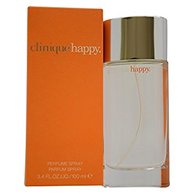 Happy by Clinique for Women This aptly-named perfume is very Gamine Ingenue. Apple, citrus, and mimosa make it bright, sweet, innocent, and cheerful.  Ed Hardy Women's EDT This is a very feminine, "Disney Princess" fragrance -- Romantic and Ingenue. Mango, vanilla and tonka bean make it sexy and sweet. 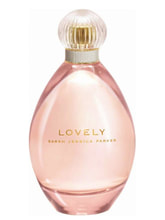 Lovely by Sarah Jessica Parker This is great fragrance for a Dramatic-Natural-Classic. Patchouli and orchid make it rather traditional, and spicy and woody qualities. bring in D and N. 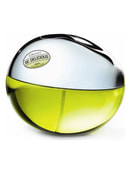 Be Delicious by Donna Karan Like Ed Hardy, this is a very feminine fragrance. It adds a light, airy Ethereal quality with cucumber and grapefruit, so it's great for a Romantic-Ethereal-Ingenue. 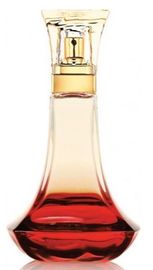 Heat by Beyonce This is a good fragrance for a Romantic-Natural-Ingenue: peach, magnolia, and neroli give it mouthwatering sex appeal, while musk, amber and sequoia bring in the Natural quality, and a strong use of almond gives it a bitter Dramatic edge. The Style Identity Calculator asks you to compare your face to many, many pictures of clothes, and to notice whether or not those clothes flatter your face. Here are some tips to help you make that determination.
- Use a Happy, Forward-Facing Head Shot When I analyze other people, I find that the type of picture used affects the results quite a bit. Over time, I've found I get the most accurate results with a happy face. I think this is because our best clothes complement our authentic selves, and our authentic selves are happy selves. "Happy face" doesn't have to mean an ear-to-ear grin, although it may; I suggest using the smile that you feel most flatters you. It's important to use a photo of yourself looking directly into the camera. Most of us don't find this our favorite type of picture; we prefer ourselves at an angle. (I think that's because it narrows our jawline.) But a photo of a face at an angle distorts the dimensions of the face. A head-on photo reveals what you actually look like, and will give the most accurate results. And do use a photo, not a mirror. Selfies are more trustworthy than a mirror; for some reason, it's much easier to objectively evaluate a frozen image of ourselves. - Try to See Yourself Objectively I hate to be yet another voice telling women not to trust their instincts! We get so much of that, don't we? Yet, for the sake of truthfulness, I have to say that many of us don't have an unerring instinct for what looks good on us. I suspect that most of us are drawn to color and style analysis because we realize we often aren't objective about ourselves. Really seeing oneself is a challenge, absolutely. When you're able to do it, you're in a state of mind where you're viewing yourself rather dispassionately, as a visual image you're responding to on an aesthetic level, but not on a personal level, or with value judgments. - Your Body Can Tell You When You're Seeing Beauty The aesthetic reaction you're listening for inside yourself is a sense of liking or not-liking, attraction or lack of attraction. I personally sense this feeling in my chest: something in there warms and lifts when I'm seeing visual harmony. To feel this reaction, you might try this: put your picture next to one garment that you're absolutely certain complements you. In another screen, put your picture next to a garment that you're certain is awful for you. Then flip back and forth. As you flip back and forth, pay attention to what changes inside you. You should notice a switch that goes on and off, or a feeling that flows and ebbs. *That's* the feeling you should have when you're seeing yourself next to your best clothes. I also make a habit, if I'm feeling stuck, of going away from a picture for a day or so, then coming back to it. Seeing a picture with fresh eyes can help me notice my aesthetic reaction. :-) There are seven basic style essences. People can be pure essences, or they can be blends. If you count two-essence and three-essence blends, there are 63 possible types in the Truth is Beauty Style Identity System.
Most people find that three essences is the maximum needed to account for their beauty. It's rare for people to go beyond that, for two reasons. One is that 4-plus essences is more visually complicated than most of us get. The second is that, at a certain point, a combination of five or six or seven essences can start to look like a balanced average, which is itself an essence -- Classic. But I do see a mix of four occasionally. In those cases, a woman can usually view one of the four as an "accent" essence, to be sprinkled in with a more typical three-way blend, or as a "fudge factor" essence, to fill in any small aspect of an ensemble that isn't accounted for by one of her other three essences. I myself have a dash of Romantic and a dash of Ingenue. Most of the time, I ignore them because they're so small. Occasionally, I bring in one or both if the options for the item I'm choosing aren't available in Ethereal or Natural. For example, if my only earring options are tiny and delicate, I can wear them, knowing that my tiny bit of Ingenue gives me room for that. Not sure of your style identity? Try the Style Identity Calculator, or consider a virtual analysis. You've analyzed yourself with the Style Identity Calculator, or you've had a professional analysis. And you hate your answers.
You have Natural, but you hate jeans. You have Gamine, but Gamine's funkiness feels clownish. You have Ingenue, but the last thing you want to be is a little girl. You have Romantic, but you hate dressing like a sex object. It's not the case that all of us are instinctively drawn to what looks good on us. Many of us are, but, for some of us, what visually flatters us the most just feels wrong. What do you do? Here are a couple of strategies I recommend: 1. Reconceptualize the Essence For each of your essences, try using a thesaurus to identify keywords you're more comfortable with that you can substitute in for the essence. For example, a synonym for "spunky" (Gamine) could be fearless or energetic; a synonym for "girlish" (Ingenue) could be fresh or pure; and a synonym for "relaxed" (Natural) could be peaceful or authentic. So, if you absolutely hate the idea of Natural-Gamine-Ingenue, you can rename it Fresh, Fearless and Authentic. A small change in the words can make a big change in how you feel about it. 2. Identify Elements You Are Willing to Accept Another way to try to get comfortable with your identity is to identify a few elements from each essence that you are truly willing to do. For Romantic, if you hate cleavage and butt emphasis, maybe you're willing to do blingy jewelry. For Dramatic, if you hate avant-garde looks, maybe you're willing to do monochromatic looks. For Classic, if you hate feeling like a First Lady, maybe you can tolerate pearl earrings and a designer handbag. Just pick one or two elements that you can bring yourself to wear, and try putting them together. You might find a combination that feels like you. 3. Consider That You Might Be Wrong About What's "You" Though style analysis feels for many people like coming home, there's a small but important group of people who get analysis after analysis and still don't feel satisfied. It's the same with personal color analysis. When I encounter those people, I usually see their correct lines and colors among the many options they're tried and rejected. I've come to understand that these seekers are waiting for a particular feeling of relief, or joy, or wholeness, that they believe will indicate a correct answer. When they don't get that feeling, they assume the answer is wrong. In those cases, the feeling they are seeking won't be found in their correct colors and lines. It may be found somewhere else, but exactly where probably depends on the person. If you see yourself in this description, it may be that what's going to fulfill you personally is still out there. If you can come to embrace your style identity, at least you'll look amazing when you finally find it. :-) 4. F*** It Look: Style Identity Analysis is a very specific aesthetic. It's based on the idea when you dress like what you already look like, you'll look your best. But you don't have to do this. If you're an Ethereal Natural but you can't resist funky, spunky Gamine prints, give yourself permission to wear them! The whole point of this endeavor is to make yourself happy. Break your own rules; make yourself happy. If you're like me, you may find that you get it out of your system, and you're able to return to your style identity with a more peaceful heart. (I'm that Ethereal Natural, by the way -- I am so drawn to Gamine elements! And when I give myself permission to include them, I actually get tired of them pretty quickly.) Not all Style Identities lend themselves equally well to very practical clothes, such as workout clothes. Natural and Gamine may be the only two identities with obvious options in this area. How to solve this problem for yourself? My advice is this: divide the category of "workout clothes" into two or three main aspects, and assign each aspect to one of your identities.
So color is left for your Ethereal, Ingenue, or Romantic essence. The good news is that these days, workout clothes are available in pretty much every color. There are other ways to bring each of the three elements into a workout ensemble -- you could do an uber-sleek ponytail to bring in Dramatic, for example., or a large floral pattern to bring in Romantic.
You also might not give a dang what you look like when you're working out. :-) I don't always care. But it's a fun challenge to try to manifest our Style Identities, isn't it? Ingenue beauty is a beauty that's feminine, but not sexy. It's childlike and innocent and sweet. Because "ingenue" isn't a word that's widely used in common parlance, I've searched for other words that seemed to have meanings closest to "ingenue" as I define it in my style system. One word that worked well is "vernal" -- i.e., "springlike." There's a lot of overlap between the Ingenue style identity and spring, both as a season of the year and as a color palette. Light Spring in particular (a.k.a. Early Spring, significantly) is known for colors that also are iconic to Ingenue: very lights yellows, pinks, oranges, purples, and blues. Candy colors, you could call them. Ingenue is sweetness personified. Ingenue style details, in fact, overlap a great deal with a confectioner' or baker's aesthetic: one sees a profusion of detail, small circles, curlicues, flowers, hearts, and scallops. These style elements signal "sweetness" to us. Ingenue lines are fine and thin, never thick or coarse. Ingenue fabrics are light, not heavy. Ingenue beauty is (feminine) childlike beauty. The small, round circles one sees in Ingenue style reflect a child's round eyes. An Ingenue finish in makeup is often a dewy finish -- that echoes the dewy eyes of a child, and also dew on flower petals in the morning. (Morning is to a day as spring is to a year and childhood is to a life, of course.) Ingenue style has a quality of innocence or naivete. Can we reclaim that so that it's a positive concept and not a negative one? After all, innocence includes sincerity, which is certainly virtuous. Ingenue patterns are simple, not difficult to comprehend (as Ethereal patterns might be.) Ingenue motifs are earnest, not witty or sarcastic (as Gamine motifs might be.) Ingenue innocence ought to be celebrated, not denigrated. "Pure" yields a lot of associated words that are useful for Ingenues. An Ingenue look is certainly clean; dirt on the knees of one's pants could look apropos on a Natural, but not an an Ingenue. (Is that why I, as a Natural blend, feel particularly pretty when I've been working in the yard? Hmm.) And discussing the word "pure" brings us to this idea of the Ingenue as "virginal." Whoa! Let's get into that. Despite the fact that "virgin" is a fraught concept, I do think it's important to emphasize that Ingenue's feminine beauty is "virginal," not sexy. I don't want to reinforce the outdated idea that women should be defined by their virginity or lack thereof. But perhaps we can agree that there's a kind of feminine beauty that includes an erotic quality, and a kind that does not...? The first one is Romantic; the second one is Ingenue. If you can see that a style element is traditionally feminine, but you're not sure whether it's Ingenue or Romantic, this difference ^ can help you decide. (...inspired by a client who could not relate to "spunky"...) "Spunky" isn't relatable for all Gamine-influenced women. Yes, Gamine is inherently youthful, but "spunky" may sound almost condescending to a grown woman. How about "mettlesome" -- "full of spirit and courage"? I sure like that one. "Spirited" is good too, IMO -- it gets at Gamine's energy. "Brisk," I like too, as perhaps a more dignified but still accurate Gamine descriptor. How about "spanking" as an adjective? Perhaps a bit silly, but so, so funny. It makes me laugh and smile, which is actually the effect a Gamine look will often have on the viewer. Gamine's witty, quirky style brings a smile. "Offbeat" is great. "Kinky?" Hey, if it works for you, use it -- I can see it applying to a Romantic-Dramatic-Gamine blend. :-) Gamine is definitely edgy -- not in an intimidating way, as Dramatic is, but in a playful way. Gamine is playful. We all have a playful side, don't we? If you're a Gamine blend, find the playfulness inside you and express it visually through your Gamine style choices. Your idea of playfulness might be kittenish, or sportive, or wicked, or arch, or even devilish. Find the word that works for you, that focuses your mind and helps you shop.
Not sure of your style identity? Try the Style Identity Calculator. Natural is one of the most difficult style identities for us to wrap our heads around. Most of us want to feel beautiful, but we have difficulty seeing the beauty in a style ID that's by definition masculine and unfancy. I say this as a Natural blend myself. Here, I offer you some words to use as synonyms for Natural, to help you find the beauty in your own Natural blend. "Raw" makes me think of things in their pure, unadulterated states. I've never enjoyed having to pretend to be someone or something I'm not. I feel like Natural gives me permission not to put on airs, permission to just relax. "Relaxed" describes Natural's lines -- the lack of tailoring and construction in the clothing -- but it also describes Natural's vibe. "Pure ease," I sometimes think when I think about Natural. A feeling of complete peace and relaxation. I love the comfort and simplicity of Natural. Since I was little, I've always been one to take my shoes off, to cut the tags out of my cloths, to loosen and untie things -- I've never enjoyed being belted or buttoned up. I could have edited "sloppy" out of the word cloud above, but I left it in, because I think it's instructive with regard to Natural style: what looks sloppy on others looks just right on Naturals. Unfinished hems, untucked shirts, shirts falling off one shoulder, rolled sleeves -- these details look great on us Natural blends.
Not sure of your style type? Try a virtual analysis. So you're a Natural Gamine, a "Tomboy." But that's not your personality at all! Is your style ID all wrong?
Naw. In the Truth is Beauty system, personality isn't correlated at all with style identity. Which isn't to say you can't dress like your personality -- if that's what floats your boat, do it! But if you want to dress in the way that best visually flatters your natural physical form, be guided by your visual self only. Let who you really are be a delightful, additional layer that complements your surface beauty. I'm a tomboy in my soul. But I don't look like a tomboy, and I wouldn't be flattered by most tomboy-looking styles. "Tomboy" as an archetype for a style identity is about appearance only, as are all of the archetypes. If you're not sure of your style type, try the Style Identity Calculator! Some Style Identities call for you to steer clear of "earth-toned" color schemes. For example, such color schemes would be aging on an Ingenue, and too heavy on an Ethereal. But hey -- some of us are Autumns. Our colors are earth tones, right? What are we supposed to do? To resolve this seeming contradiction, we'll first remember that color is always relative. Just because you're an Autumn, it doesn't mean that your colors always look like "earth tones" on you. Next to your Autumny skin, they just look like colors. So, to avoid looking like you're wearing an entire earth-toned color scheme, just avoid the combinations that create that effect. Google "earth tones" and look at the images: you'll see that the "earth tone" effect is generally created by combining your browns and neutrals with blues and greens -- basically, earth and sky. Occasionally you'll add some yellow or red for accent. All of this worn together reads as "earth toned." Wear just your blues, or just your blacks and whites, or just your pinks and purples, and you definitely won't have an earth-toned effect, even if your colors are coming from that "earthy" Autumn palette. The reverse of this is true as well: if you're a Natural, and your Style ID calls for earth-toned color schemes, combine your greens, browns, blues and neutrals together and you'll create an appropriate effect -- even if your palette is objectively cool: Next to True Winter skin, this kind of palette will look plenty earthy. :-) "Soft Natural" seems to be almost a catch-all category for women with some Natural and some feminine influence. That's because it's a style type that collapses features of several types into just one. This creates confusion for a lot of women.
"Soft Natural" is essentially Natural with Romantic. Romantic is sexy, womanly femininity. Now, that kind of feminine beauty isn't the only kind. But some systems believe it is. In a system that only has one feminine essence, all manifestations of feminine beauty end up getting assigned to Romantic. So women whose feminine beauty is of the Ingenue or Ethereal variety end up getting categorized as Soft Natural, and the recs don't all work. For example, Soft Naturals supposedly get light, floaty fabrics. Those don't work well on women with a lot of Romantic, but they're great on women with a lot of Ethereal. If you're an unsatisfied Soft Natural who looks great in light-as-air fabrics and the most mystical aspect of Soft Natural, you might be Ethereal Natural instead. Soft Naturals also supposedly get puff sleeves. Puff sleeves are girly, even princessy -- in other words, they're Ingenue. If you're an unsatisfied Soft Natural who's great in puff sleeves and other girly aspects of Soft Natural, you might actually be a Natural Ingenue. Still lost? Consider a virtual analysis. Gamine and Ingenue are the two style essences that embody youthful beauty. If you are often taken for much younger than you are, you likely have a strong dose of one of these essences. But which one?
Clockwise from top left: Winona Ryder, Natalie Portman, Milla Jovovich, and (of course!) Maisie Williams all sell it as boys. Google these women, and you'll see they're flattered by Gamine styles. Keira Knightley and Angelina Jolie, by contrast, couldn't really pass as boys: (Although in each of their cases, I think it's both the lack of Gamine and the presence of Romantic that makes them fail this test. I don't think either one has much, if any, Ingenue either. That's mature beauty, there.)
I hope this helps those of you with youthful beauty sort yourselves out! :-) Have you tried the Style Identity Calculator?
It can be hard to know which Style Identity category a given outfit falls into. Here are some unexpected questions you can ask yourself to help you narrow it down.
"Could I do a walking tour in this?" The essence of Natural style is relaxation, freedom, and uninhibited movement. If an outfit is something you could wear for a walking tour of a hilly European city, it probably has a lot of Natural. Clothes you could comfortably take a nap in are also usually Natural.
"Do I have an irresistible urge to touch this?"
Romantic fabrics often beg to be touched. This absolutely relates to the fact that Romantic style is the embodiment of feminine sexuality. If you can't wait to run your fingers across a fabric, chances are it's part of a Romantic ensemble.
"Does this scare me a little?"
Dramatic ensembles are avant-garde, outside the norm -- and we humans are naturally intimidated by stuff that's outside the norm. If an outfit makes you feel like taking a step backward, it likely has a strong Dramatic influence.
"Can I imagine this on a girl in a Norman Rockwell painting?"
Ingenue style is an archetype of traditional girlishness. Almost anything that's Ingenue looks as if it emerged from a Norman Rockwell painting -- or from the closet of Sandy in "Grease." (Before her makeover at the end, LOL!)
"Could a little boy wear this?"
Gamine style is boyish. If an ensemble looks like something a little boy could conceivably wear to school without raising eyebrows, it probably has a lot of Gamine.
"In a movie, would someone ascend into heaven wearing this outfit?"
That may sound ridiculous, but Ethereal styles make the wearer look as if she can take flight.
"Would I wear this to my first day at my Wall Street job? (Or to the boss's barbecue the following weekend?)"
Whether formal or casual, Classic ensembles always look conservative and rich. In a Classic outfit, you'd never be embarrassed to run into the C.E.O. of your company. There's never anything attention-seeking, objectionable, or out of place in a Classic look. You're above reproach.
Not sure of your style identity? Try the Style Identity Calculator, or get a Virtual Analysis.
|
About Me...I'm passionate about helping people become their most authentic and beautiful selves. Categories
All
|
- home
- Blog
-
-
- Book your virtual style analysis
- ♂ DRAMATIC style type
- ♂ NATURAL style type
- ♂ GAMINE style type
- ⚥ CLASSIC style type
- ♀ INGENUE style type
- ♀ ROMANTIC style type
- ♀ ETHEREAL style type
-
- ⚥ ♂ Classic Gamine -- The Prep Schooler
- ⚥ ♀ Classic Ingenue -- The Class President
- ⚥ ♂ Dramatic Classic -- The Art Critic
- ♂ ♂ Dramatic Gamine -- The Punk Rocker
- ♀ ♂ Dramatic Ingenue -- The Childlike Czarina
- ♂ ♂ Dramatic Natural -- The Amazon Queen
- ⚥ ♀ Ethereal Classic -- The Delicate Sophisticate
- ♀ ♂ Ethereal Dramatic -- The Sorceress
- ♀ ♂ Ethereal Gamine -- The Sprite
- ♀ ♀ Ethereal Ingenue -- The Fairy
- ♀ ♂ Ethereal Natural -- The Earth Goddess
- ♀ ♂ Gamine Ingenue -- The Girlish Mod
- ⚥ ♂ Natural Classic -- The Prep
- ♂ ♂ Natural Gamine -- The Tomboy
- ♀ ♂ Natural Ingenue -- The Outdoorsy Sweetheart
- ⚥ ♀ Romantic Classic -- The Sexy Sophisticate
- ♀ ♂ Romantic Dramatic -- The Vamp
- ♀ ♀ Romantic Ethereal -- Aphrodite
- ♀ ♂ Romantic Gamine -- The Firecracker
- ♀ ♀ Romantic Ingenue -- The Demure Seductress
- ♀ ♂ Romantic Natural -- The Babe Next Door
-
- ⚥ ♀ ♂ Classic-Gamine-Ingenue
- ⚥ ♂ ♂ Dramatic-Classic-Gamine
- ⚥ ♀ ♂ Dramatic-Classic-Ingenue
- ♂ ♂ ♀ Dramatic-Gamine-Ingenue
- ⚥ ♂ ♂ Dramatic-Natural-Classic
- ♂ ♂ ♂ Dramatic-Natural-Gamine
- ♂ ♂ ♀ Dramatic-Natural-Ingenue
- ⚥ ♀ ♂ Ethereal-Classic-Gamine
- ⚥ ♀ ♀ Ethereal-Classic-Ingenue
- ⚥ ♀ ♂ Ethereal-Dramatic-Classic
- ♂ ♂ ♀ Ethereal-Dramatic-Gamine
- ♀ ♂ ♂ Ethereal-Dramatic-Natural
- ♀ ♀ ♂ Ethereal-Dramatic-Ingenue
- ♀ ♀ ♂ Ethereal-Gamine-Ingenue
- ⚥ ♀ ♂ Ethereal-Natural-Classic
- ♂ ♂ ♀ Ethereal-Natural-Gamine
- ♀ ♀ ♂ Ethereal-Natural-Ingenue
- ⚥ ♂ ♂ Natural-Classic-Gamine
- ⚥ ♀ ♂ Natural-Classic-Ingenue
- ♂ ♂ ♀ Natural-Gamine-Ingenue
- ⚥ ♀ ♂ Romantic-Classic-Gamine
- ⚥ ♀ ♀ Romantic-Classic-Ingenue
- ⚥ ♀ ♂ Romantic-Dramatic-Classic
- ♂ ♂ ♀ Romantic-Dramatic-Gamine
- ♀ ♀ ♂ Romantic-Dramatic-Ingenue
- ♂ ♂ ♀ Romantic-Dramatic-Natural
- ⚥ ♀ ♀ Romantic-Ethereal-Classic
- ♀ ♀ ♂ Romantic-Ethereal-Dramatic
- ♀ ♀ ♂ Romantic-Ethereal-Gamine
- ♀ ♀ ♀ Romantic-Ethereal-Ingenue
- ♀ ♀ ♂ Romantic-Ethereal-Natural
- ♀ ♀ ♂ Romantic-Gamine-Ingenue
- ⚥ ♀ ♂ Romantic-Natural-Classic
- ♂ ♂ ♀ Romantic-Natural-Gamine
- ♀ ♀ ♂ Romantic-Natural-Ingenue
- Shop
- Book a Virtual Style Analysis!
- Contact me
- home
- Blog
-
-
- Book your virtual style analysis
- ♂ DRAMATIC style type
- ♂ NATURAL style type
- ♂ GAMINE style type
- ⚥ CLASSIC style type
- ♀ INGENUE style type
- ♀ ROMANTIC style type
- ♀ ETHEREAL style type
-
- ⚥ ♂ Classic Gamine -- The Prep Schooler
- ⚥ ♀ Classic Ingenue -- The Class President
- ⚥ ♂ Dramatic Classic -- The Art Critic
- ♂ ♂ Dramatic Gamine -- The Punk Rocker
- ♀ ♂ Dramatic Ingenue -- The Childlike Czarina
- ♂ ♂ Dramatic Natural -- The Amazon Queen
- ⚥ ♀ Ethereal Classic -- The Delicate Sophisticate
- ♀ ♂ Ethereal Dramatic -- The Sorceress
- ♀ ♂ Ethereal Gamine -- The Sprite
- ♀ ♀ Ethereal Ingenue -- The Fairy
- ♀ ♂ Ethereal Natural -- The Earth Goddess
- ♀ ♂ Gamine Ingenue -- The Girlish Mod
- ⚥ ♂ Natural Classic -- The Prep
- ♂ ♂ Natural Gamine -- The Tomboy
- ♀ ♂ Natural Ingenue -- The Outdoorsy Sweetheart
- ⚥ ♀ Romantic Classic -- The Sexy Sophisticate
- ♀ ♂ Romantic Dramatic -- The Vamp
- ♀ ♀ Romantic Ethereal -- Aphrodite
- ♀ ♂ Romantic Gamine -- The Firecracker
- ♀ ♀ Romantic Ingenue -- The Demure Seductress
- ♀ ♂ Romantic Natural -- The Babe Next Door
-
- ⚥ ♀ ♂ Classic-Gamine-Ingenue
- ⚥ ♂ ♂ Dramatic-Classic-Gamine
- ⚥ ♀ ♂ Dramatic-Classic-Ingenue
- ♂ ♂ ♀ Dramatic-Gamine-Ingenue
- ⚥ ♂ ♂ Dramatic-Natural-Classic
- ♂ ♂ ♂ Dramatic-Natural-Gamine
- ♂ ♂ ♀ Dramatic-Natural-Ingenue
- ⚥ ♀ ♂ Ethereal-Classic-Gamine
- ⚥ ♀ ♀ Ethereal-Classic-Ingenue
- ⚥ ♀ ♂ Ethereal-Dramatic-Classic
- ♂ ♂ ♀ Ethereal-Dramatic-Gamine
- ♀ ♂ ♂ Ethereal-Dramatic-Natural
- ♀ ♀ ♂ Ethereal-Dramatic-Ingenue
- ♀ ♀ ♂ Ethereal-Gamine-Ingenue
- ⚥ ♀ ♂ Ethereal-Natural-Classic
- ♂ ♂ ♀ Ethereal-Natural-Gamine
- ♀ ♀ ♂ Ethereal-Natural-Ingenue
- ⚥ ♂ ♂ Natural-Classic-Gamine
- ⚥ ♀ ♂ Natural-Classic-Ingenue
- ♂ ♂ ♀ Natural-Gamine-Ingenue
- ⚥ ♀ ♂ Romantic-Classic-Gamine
- ⚥ ♀ ♀ Romantic-Classic-Ingenue
- ⚥ ♀ ♂ Romantic-Dramatic-Classic
- ♂ ♂ ♀ Romantic-Dramatic-Gamine
- ♀ ♀ ♂ Romantic-Dramatic-Ingenue
- ♂ ♂ ♀ Romantic-Dramatic-Natural
- ⚥ ♀ ♀ Romantic-Ethereal-Classic
- ♀ ♀ ♂ Romantic-Ethereal-Dramatic
- ♀ ♀ ♂ Romantic-Ethereal-Gamine
- ♀ ♀ ♀ Romantic-Ethereal-Ingenue
- ♀ ♀ ♂ Romantic-Ethereal-Natural
- ♀ ♀ ♂ Romantic-Gamine-Ingenue
- ⚥ ♀ ♂ Romantic-Natural-Classic
- ♂ ♂ ♀ Romantic-Natural-Gamine
- ♀ ♀ ♂ Romantic-Natural-Ingenue
- Shop
- Book a Virtual Style Analysis!
- Contact me
Connect with me!
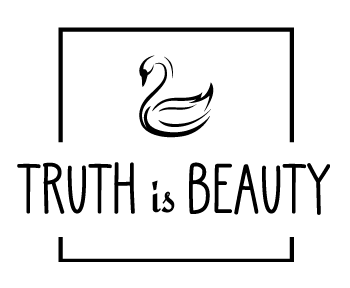

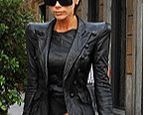
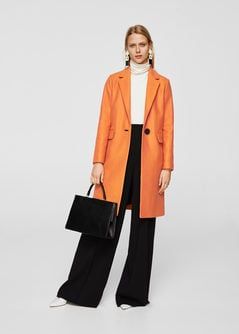
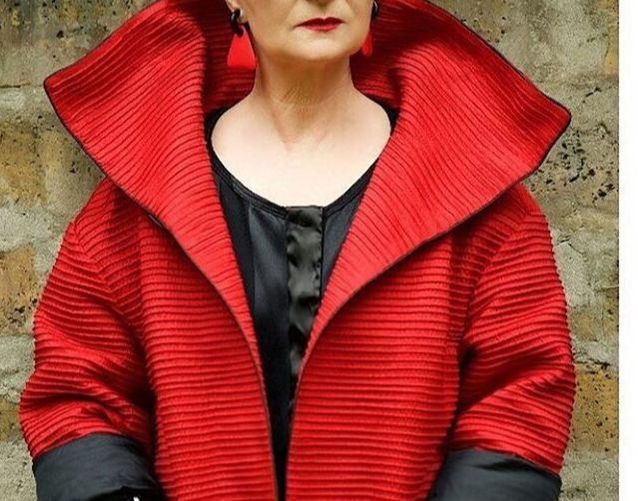
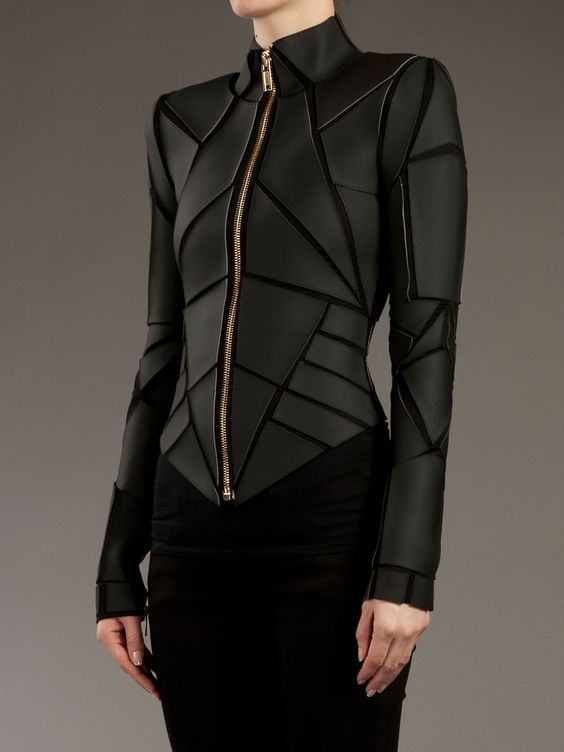

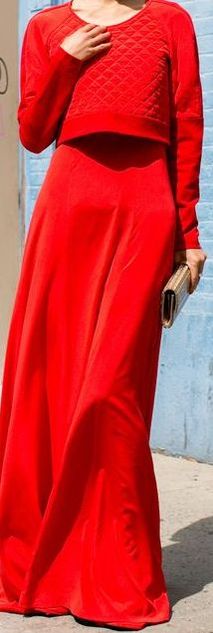
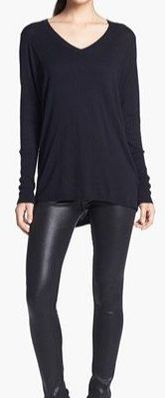
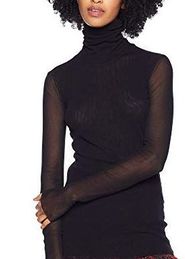
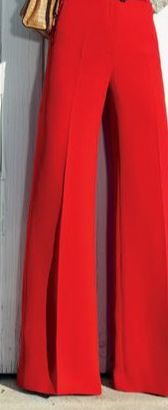
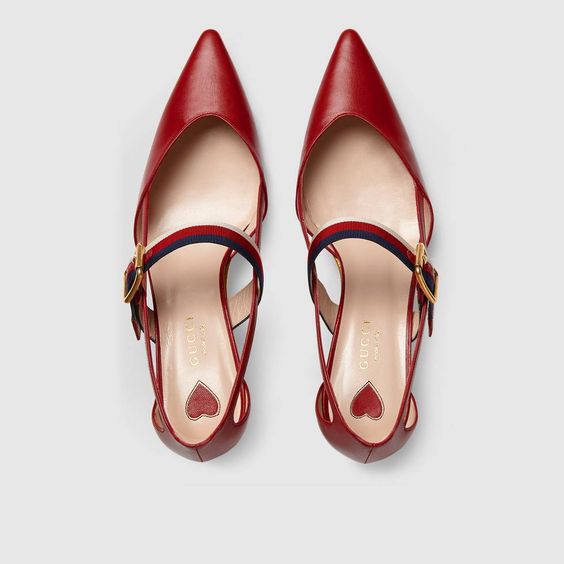
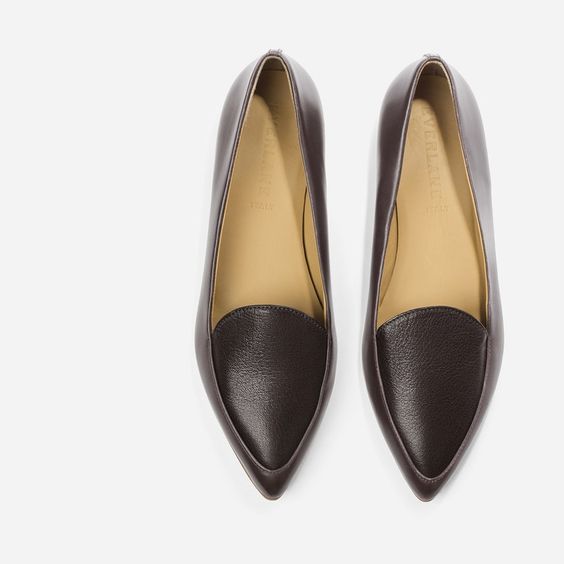



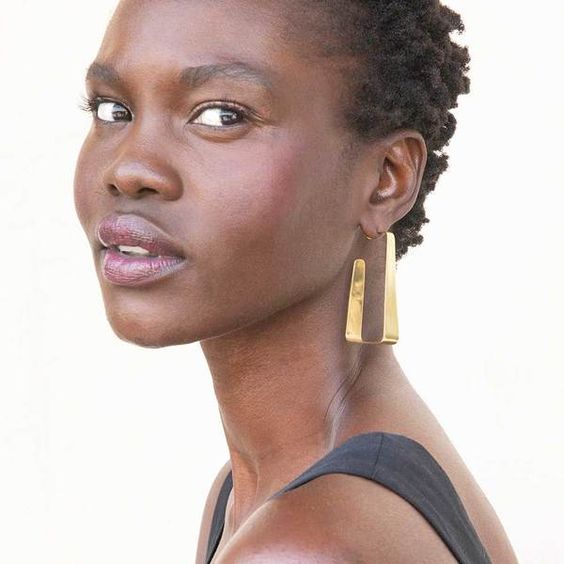
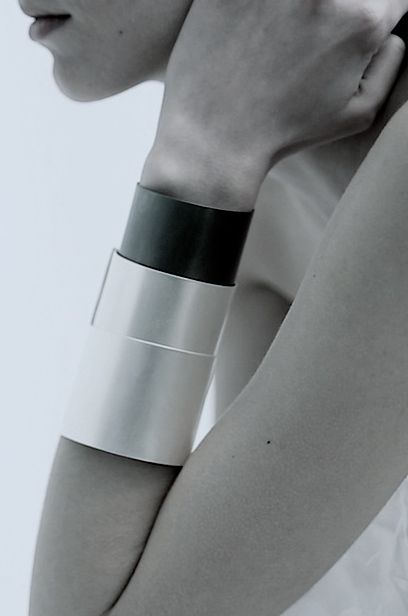
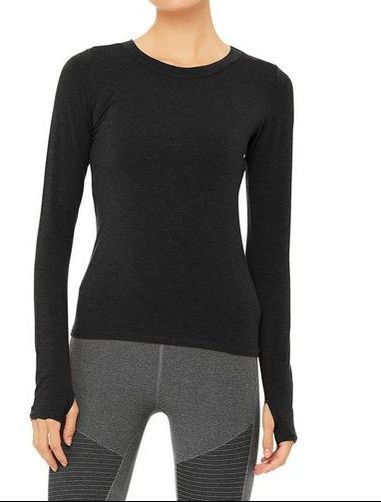
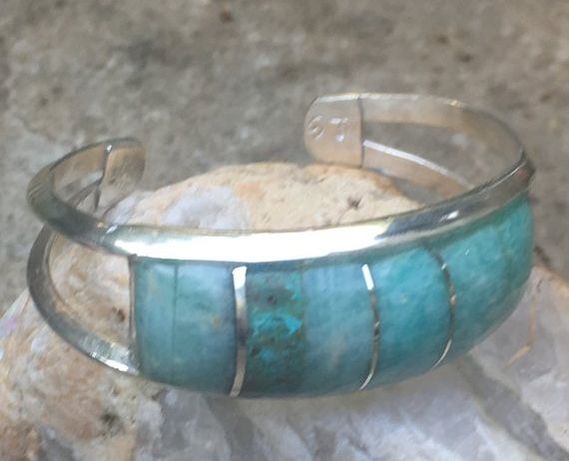
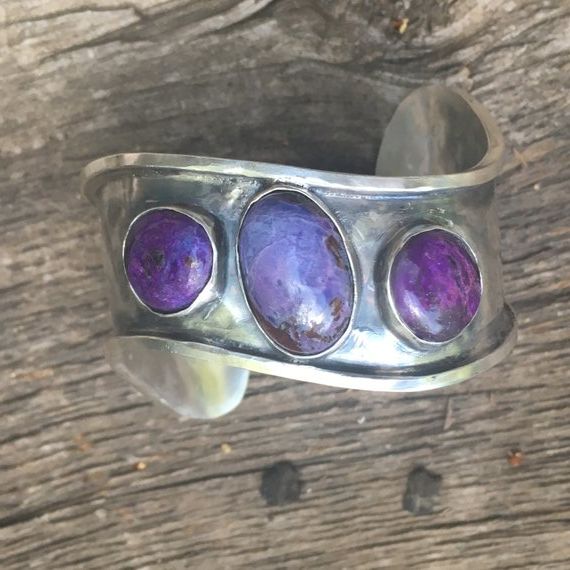
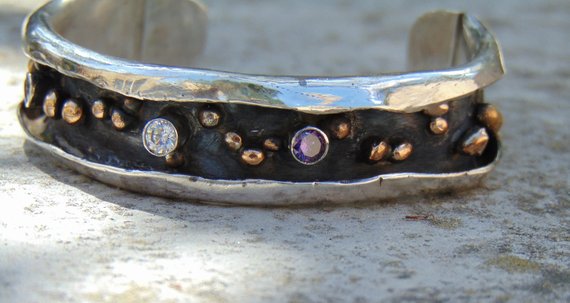
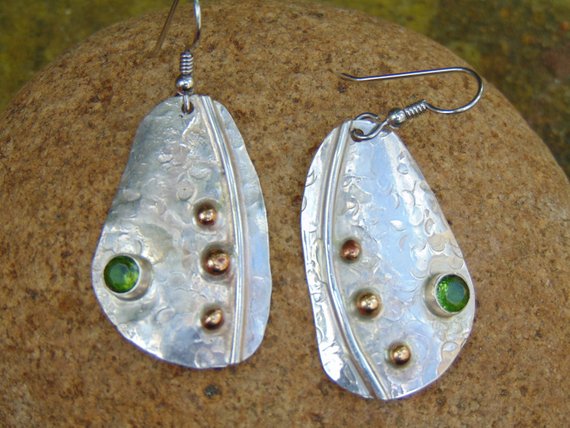
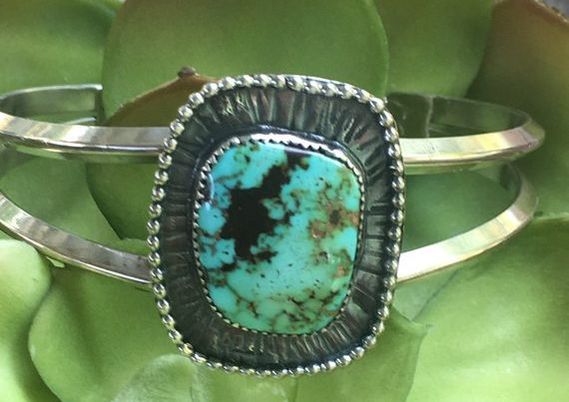
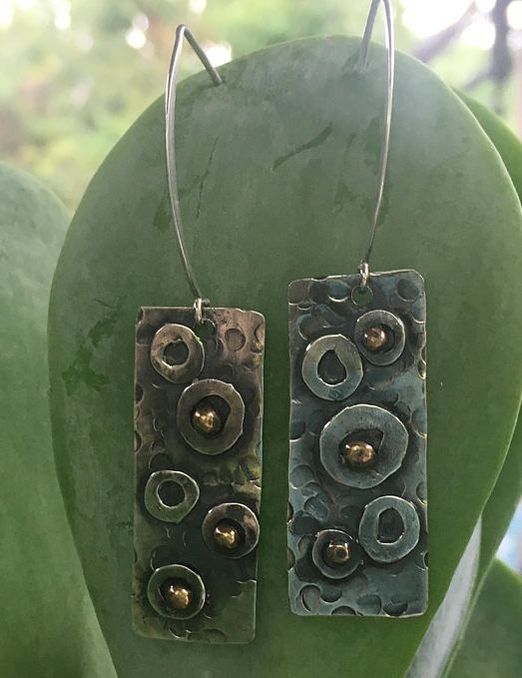
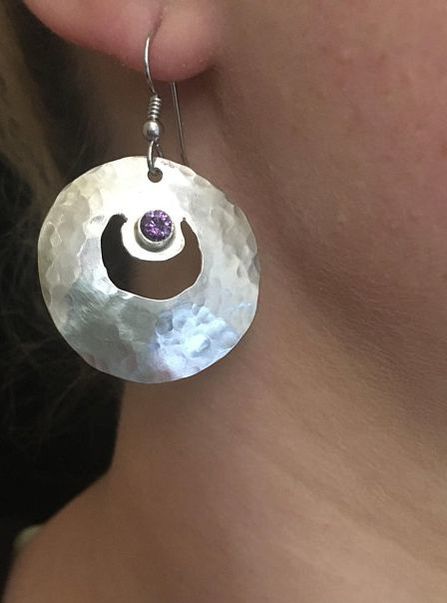
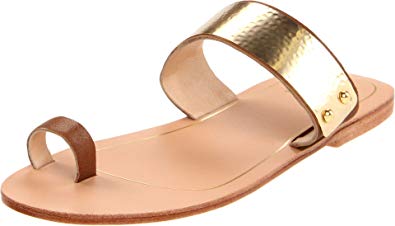
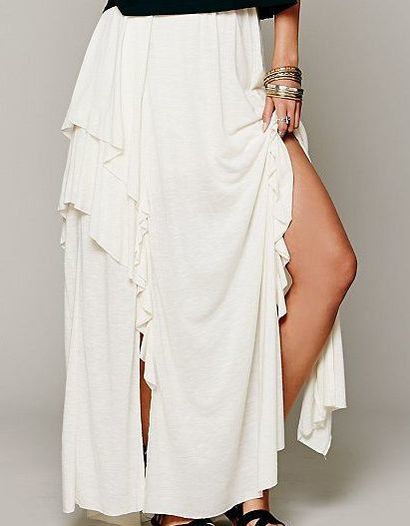

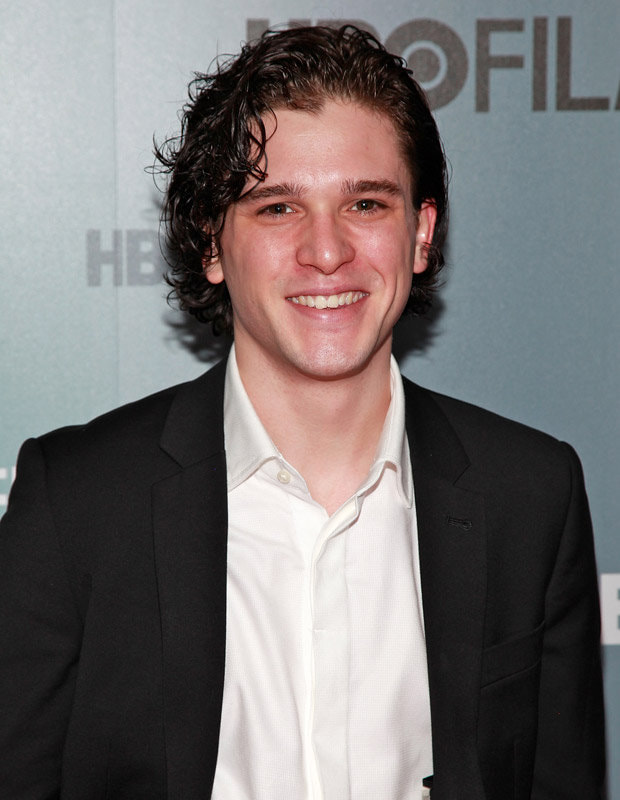
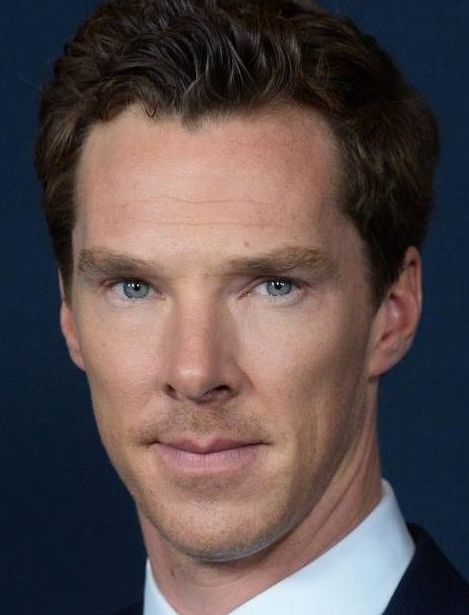

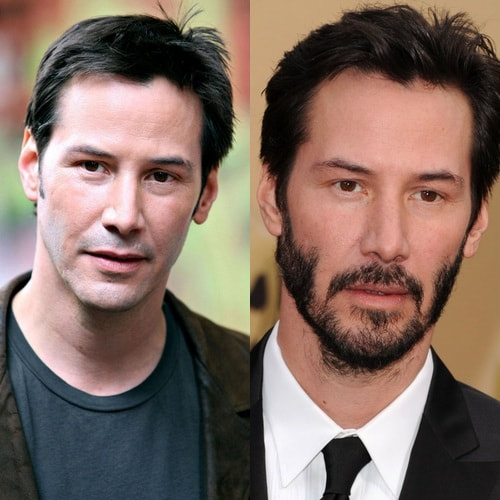
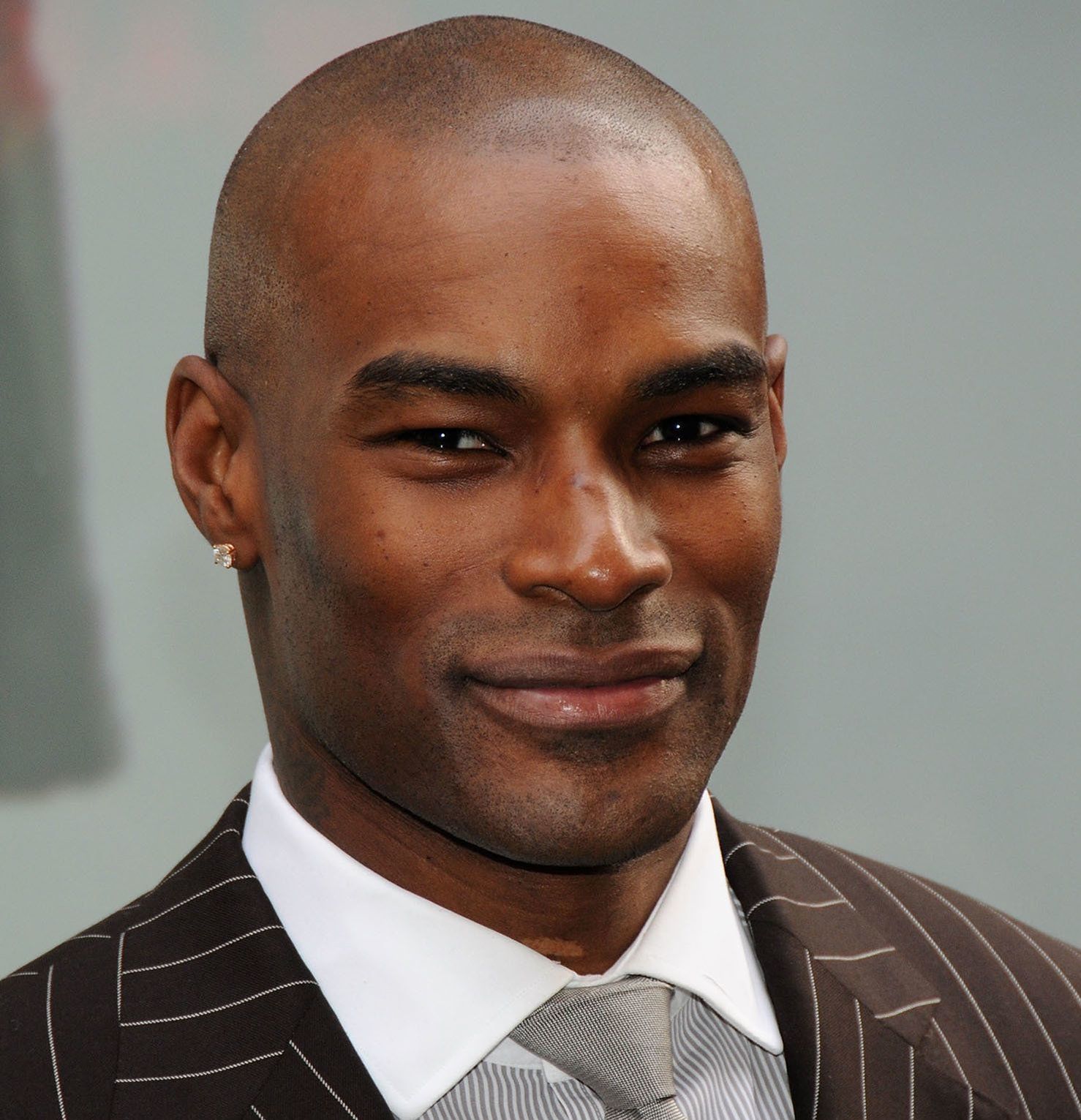
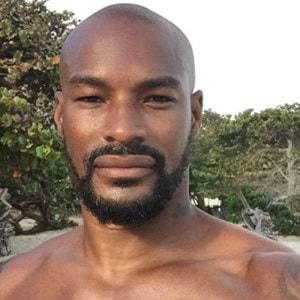
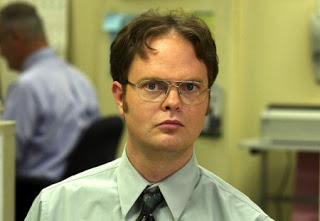
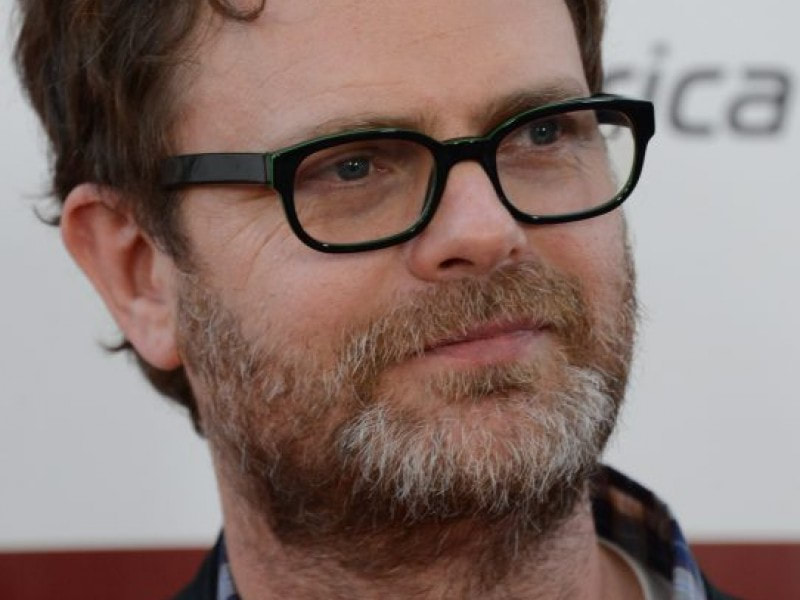
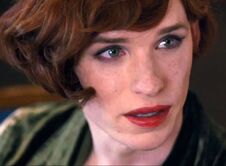
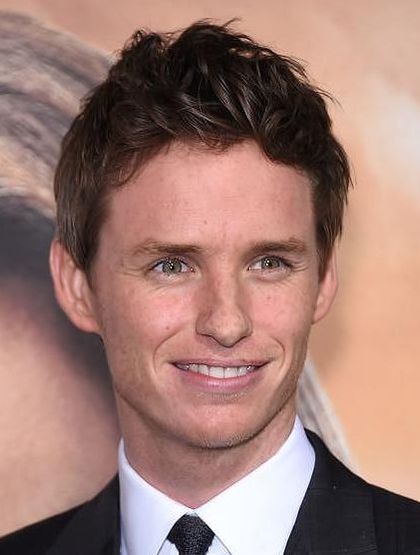

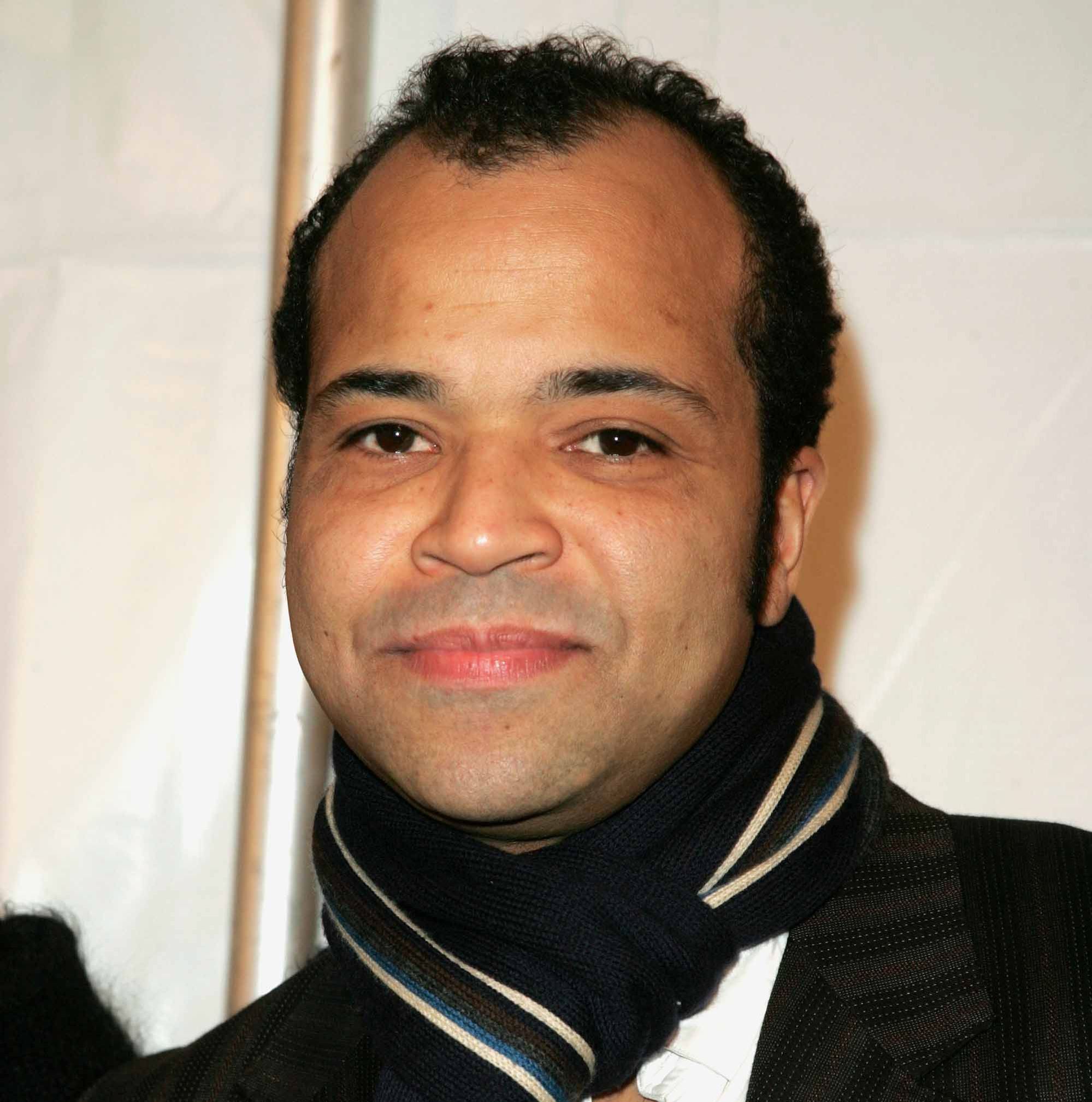
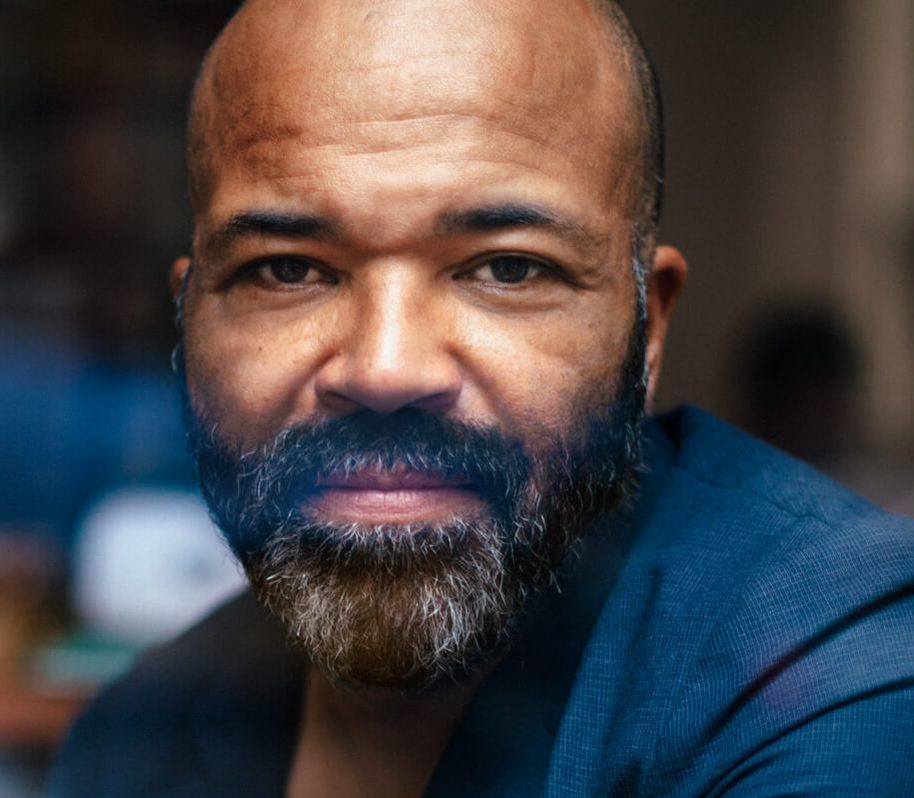
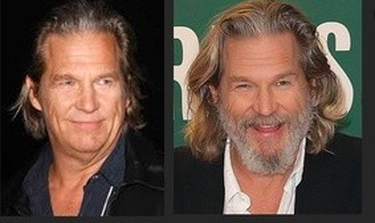
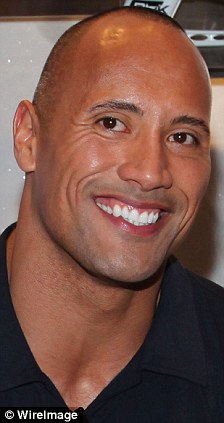
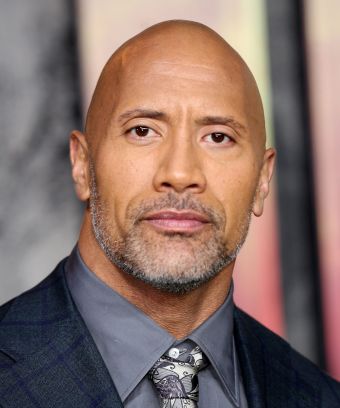
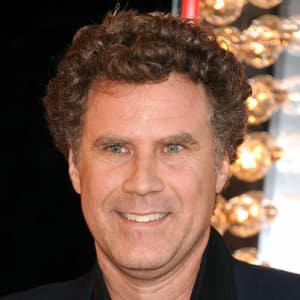
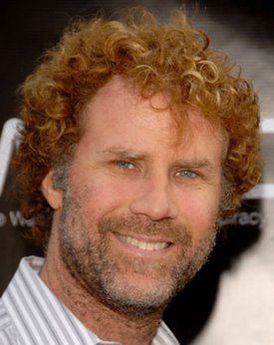
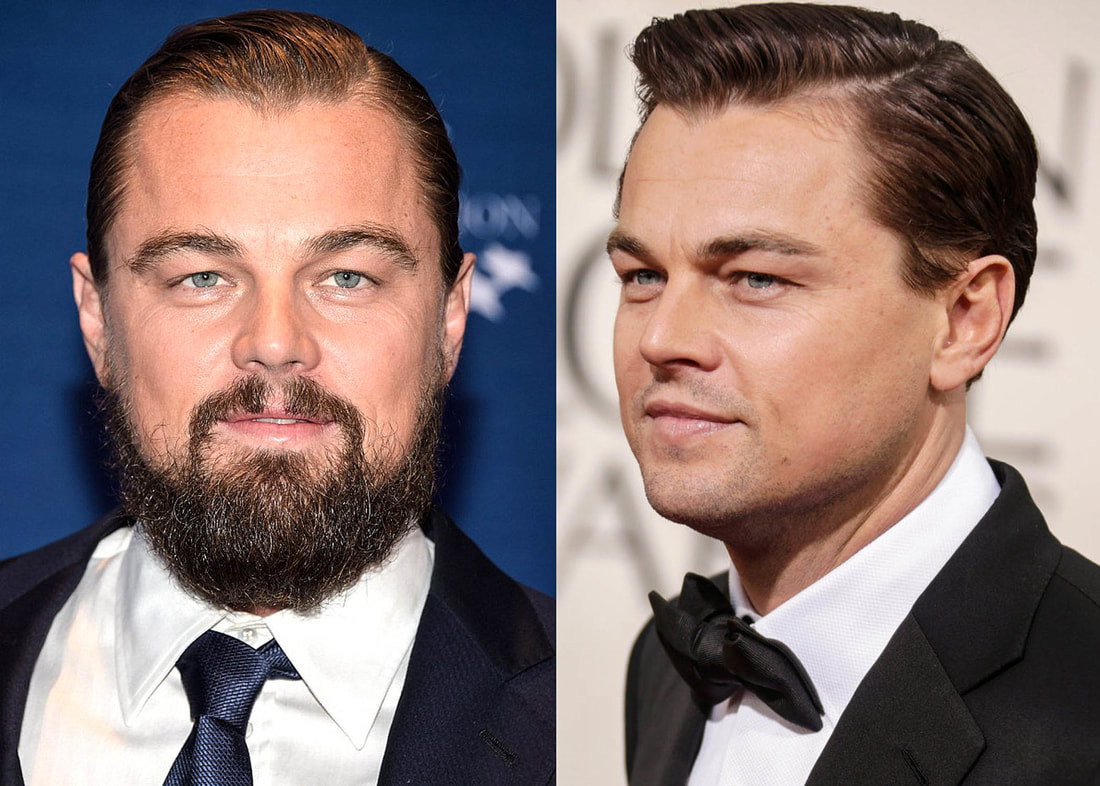
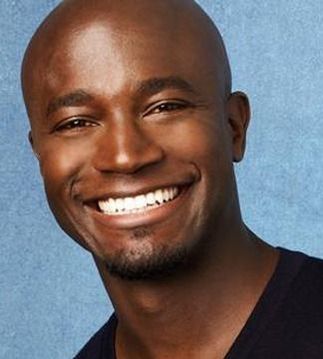
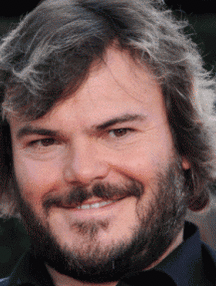
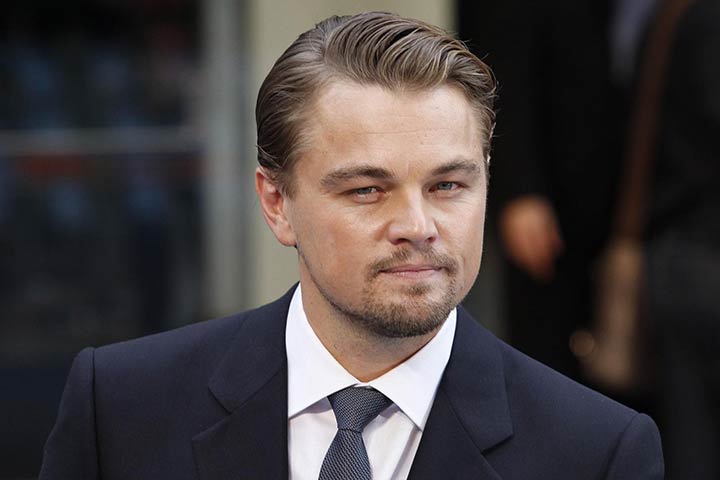
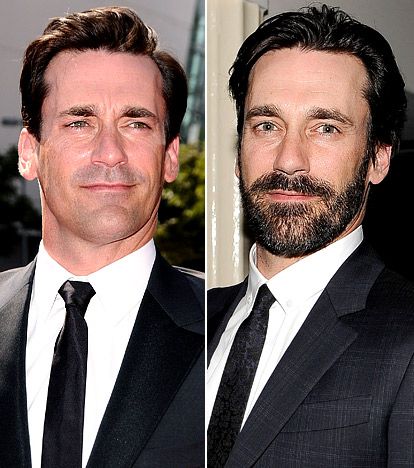
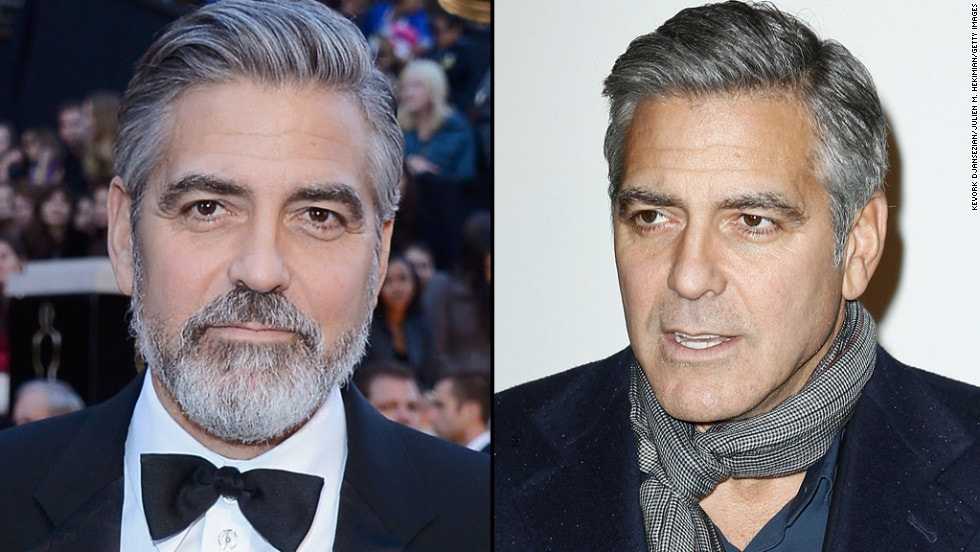
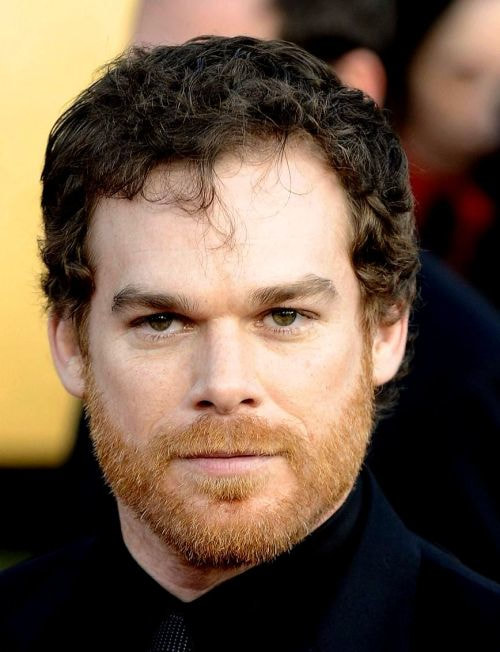
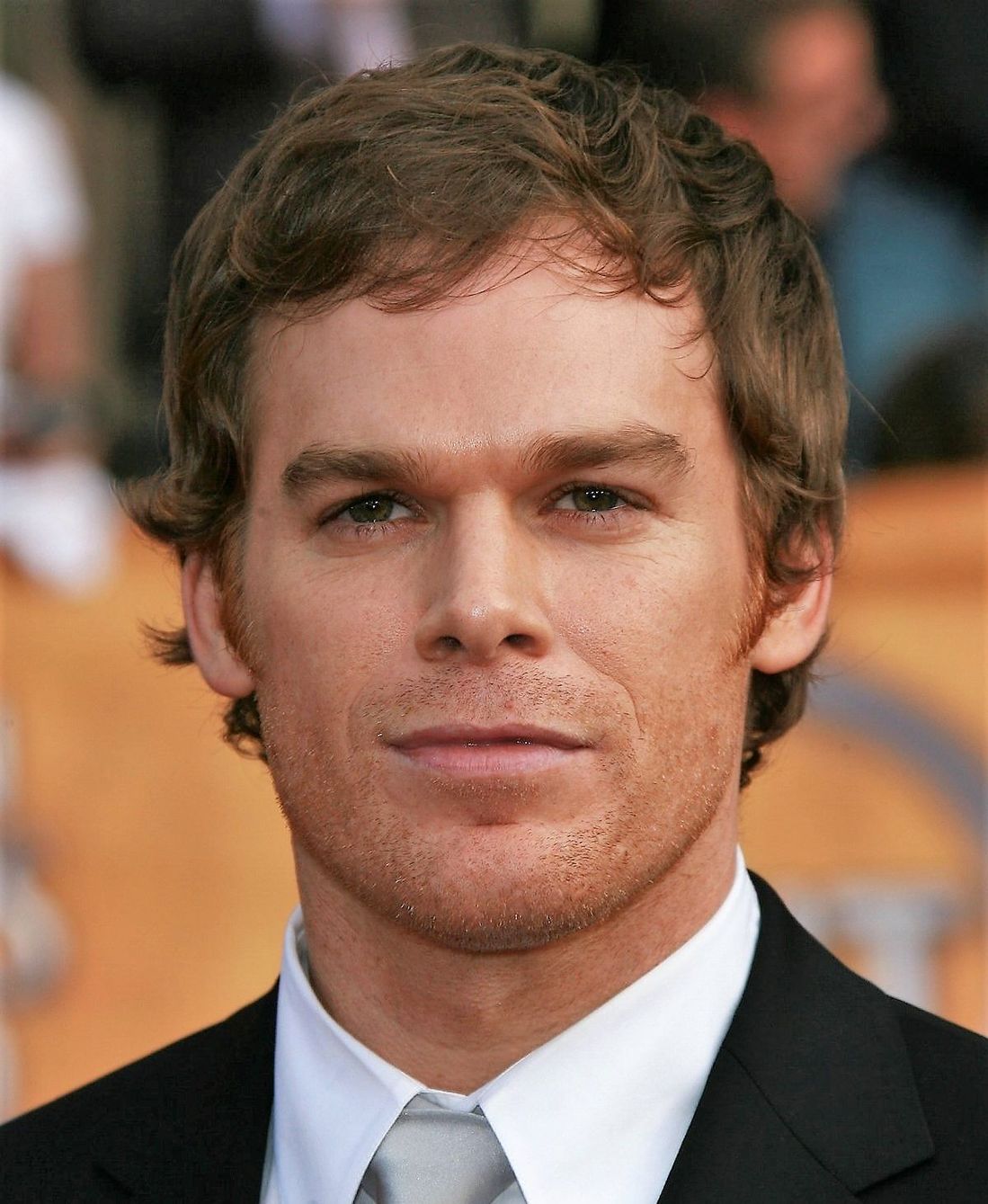
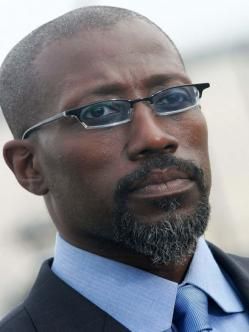

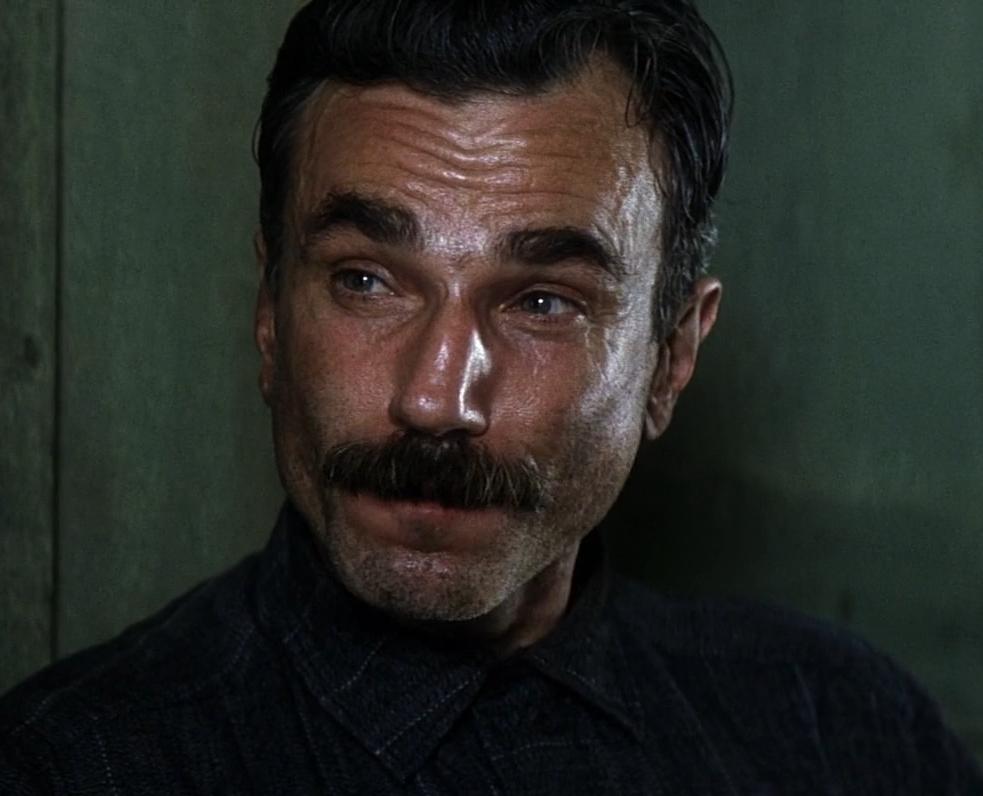
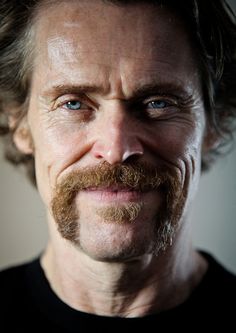

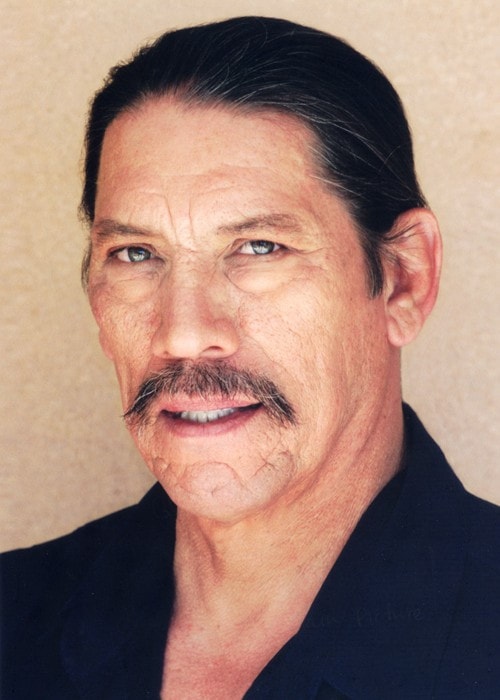
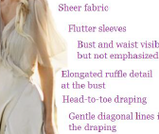
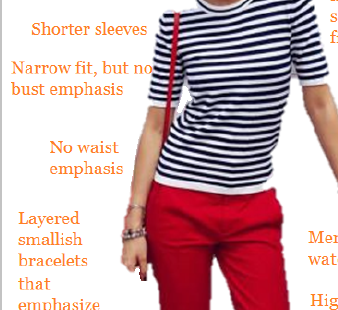
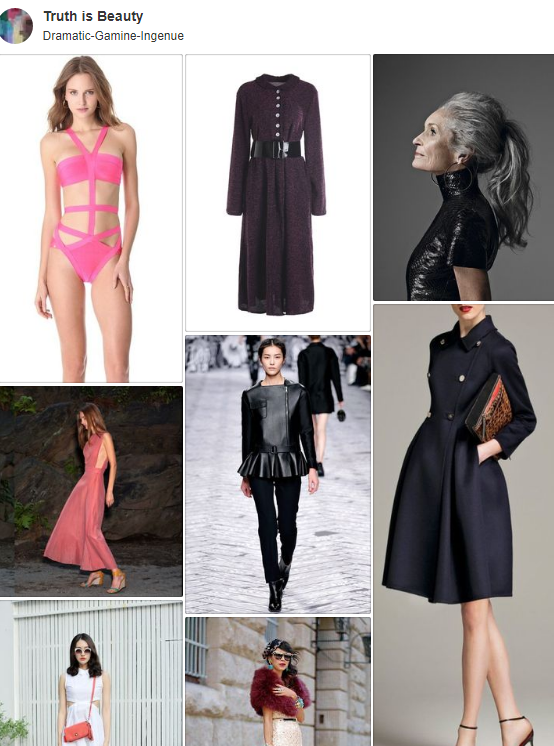
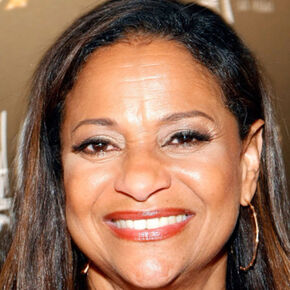
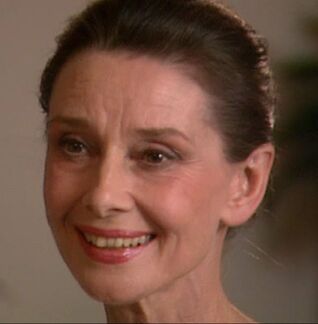
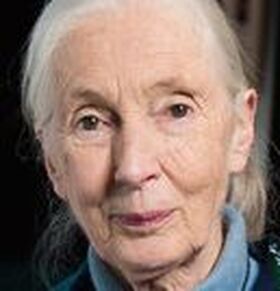
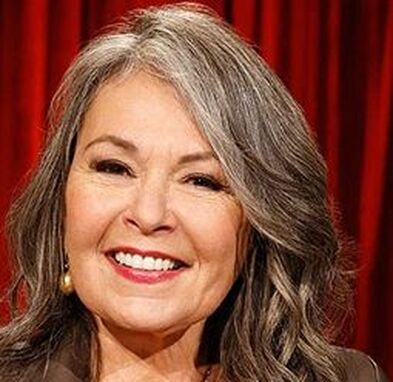
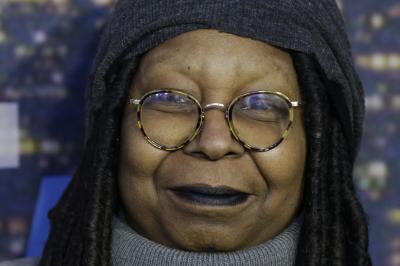
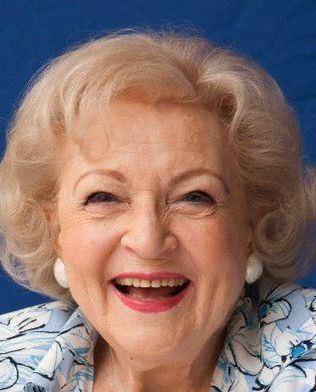
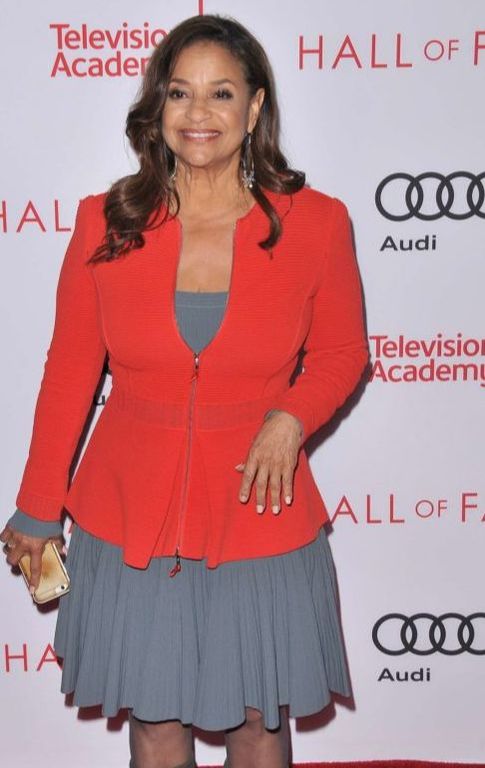
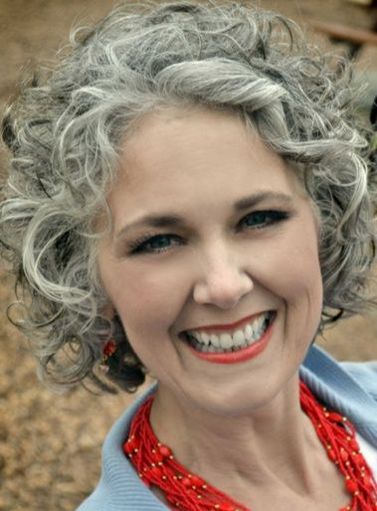
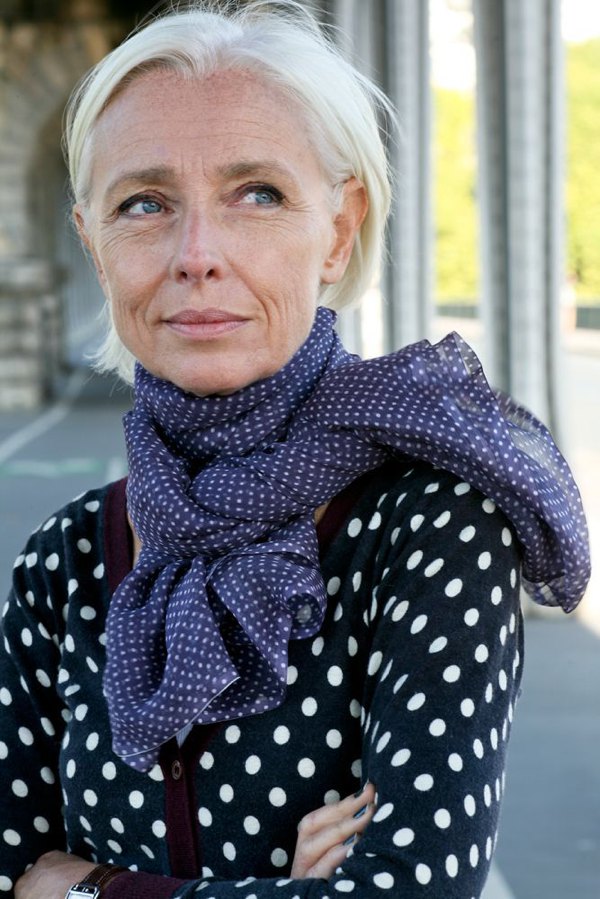
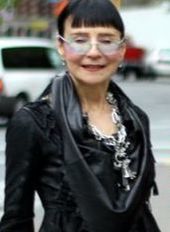
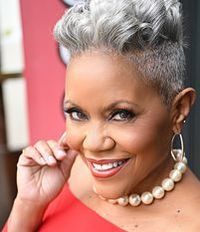
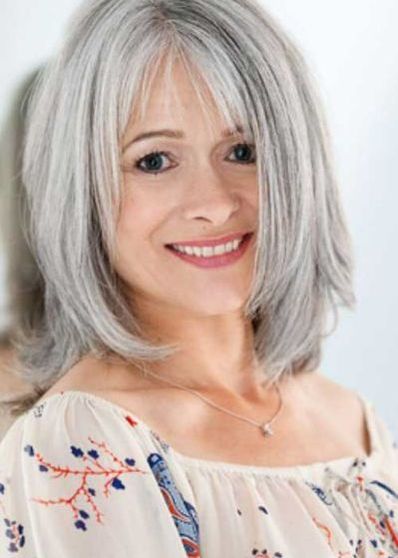
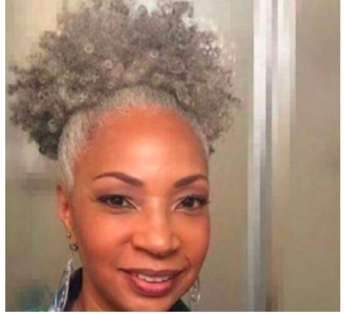
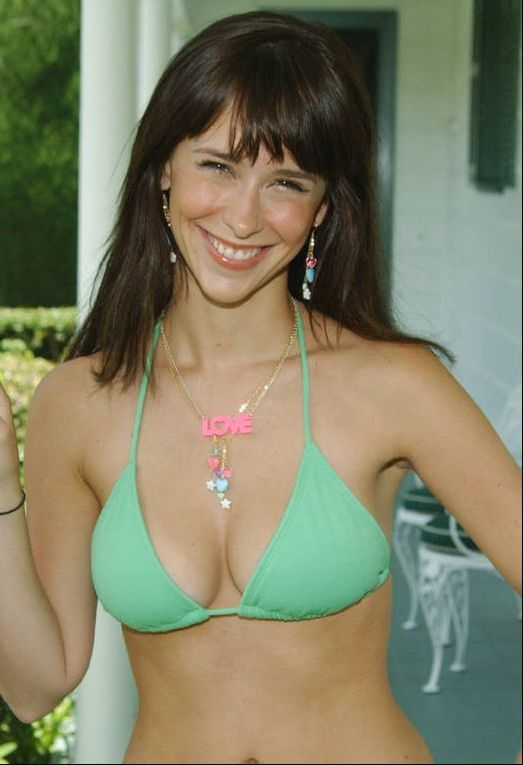
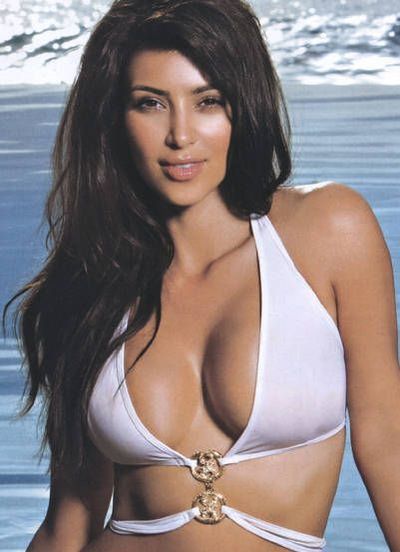
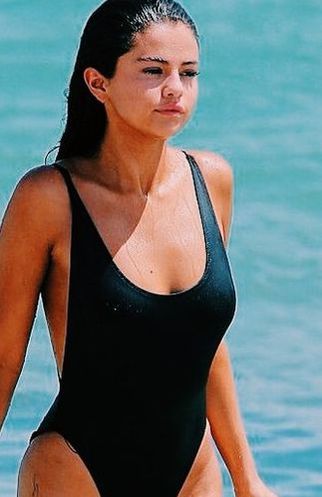
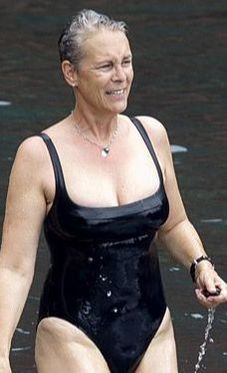
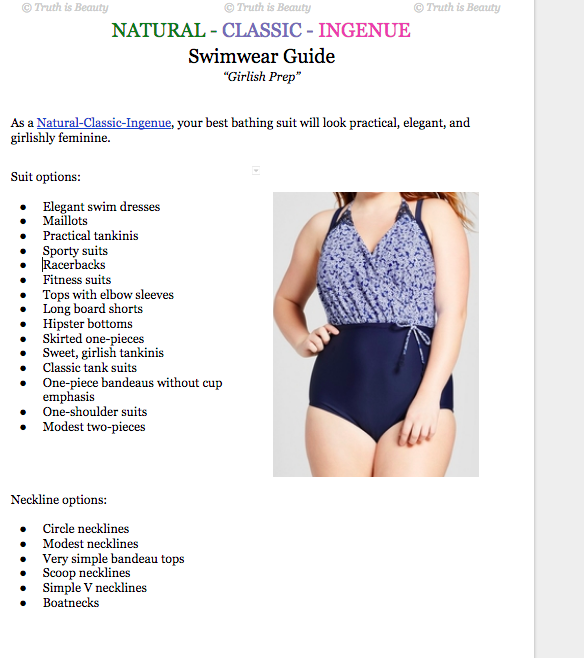
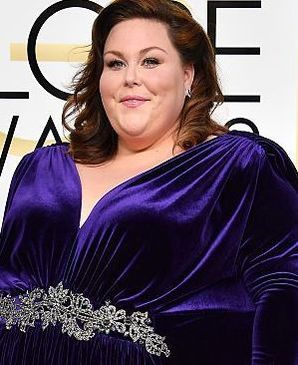
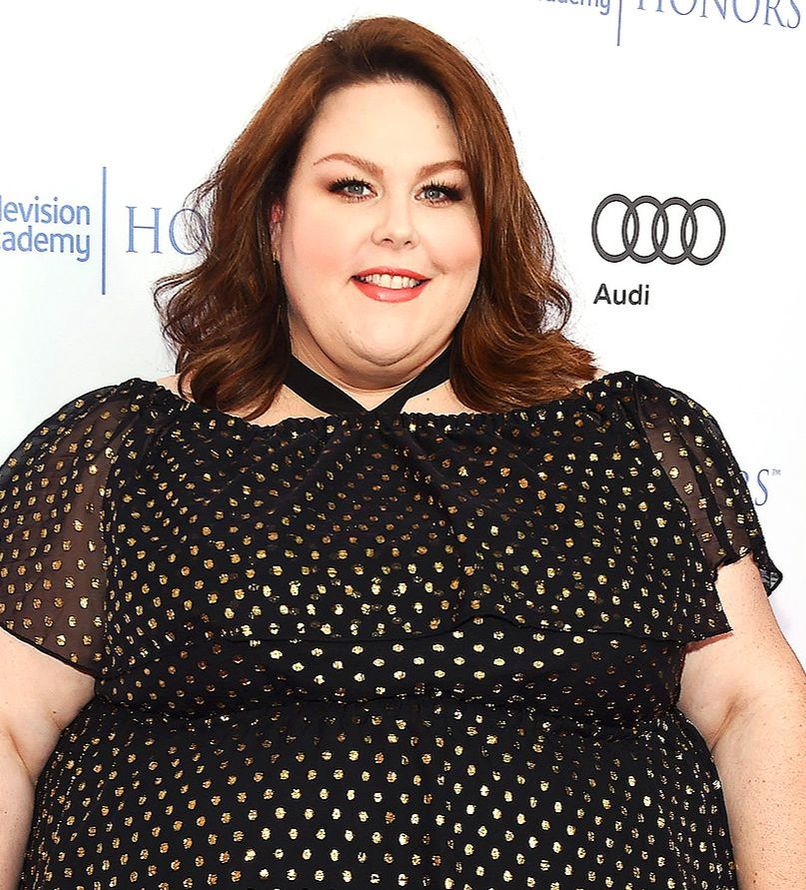
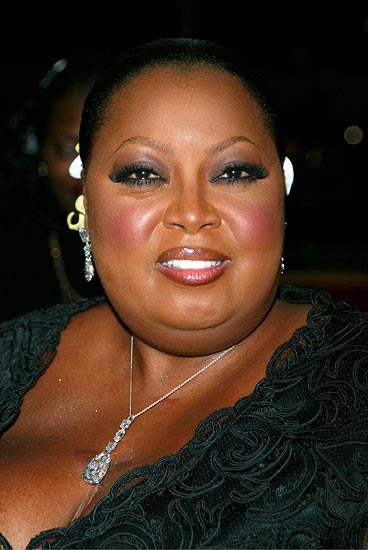
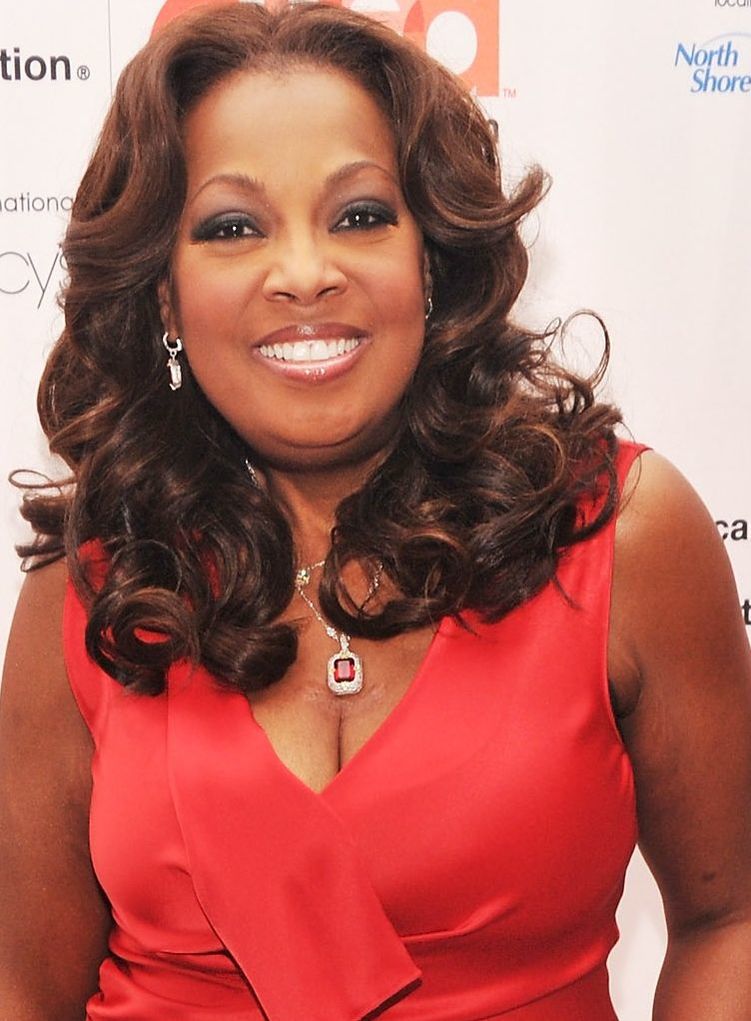
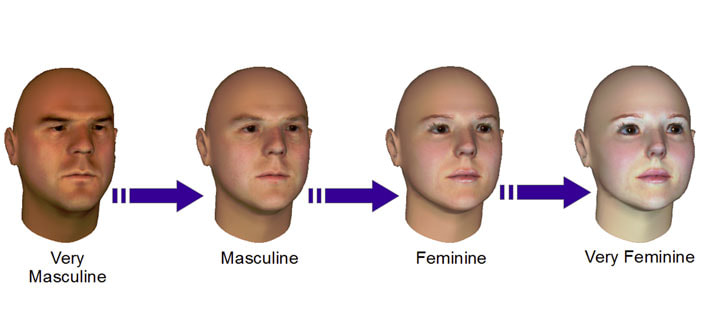

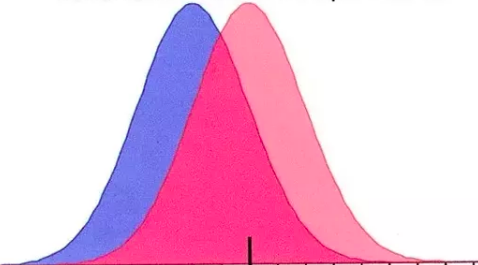
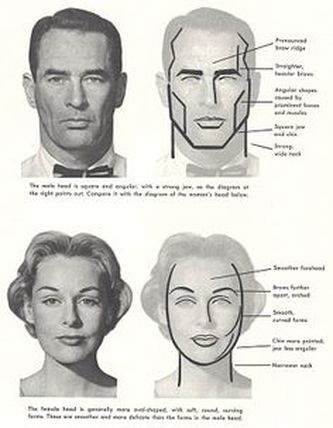
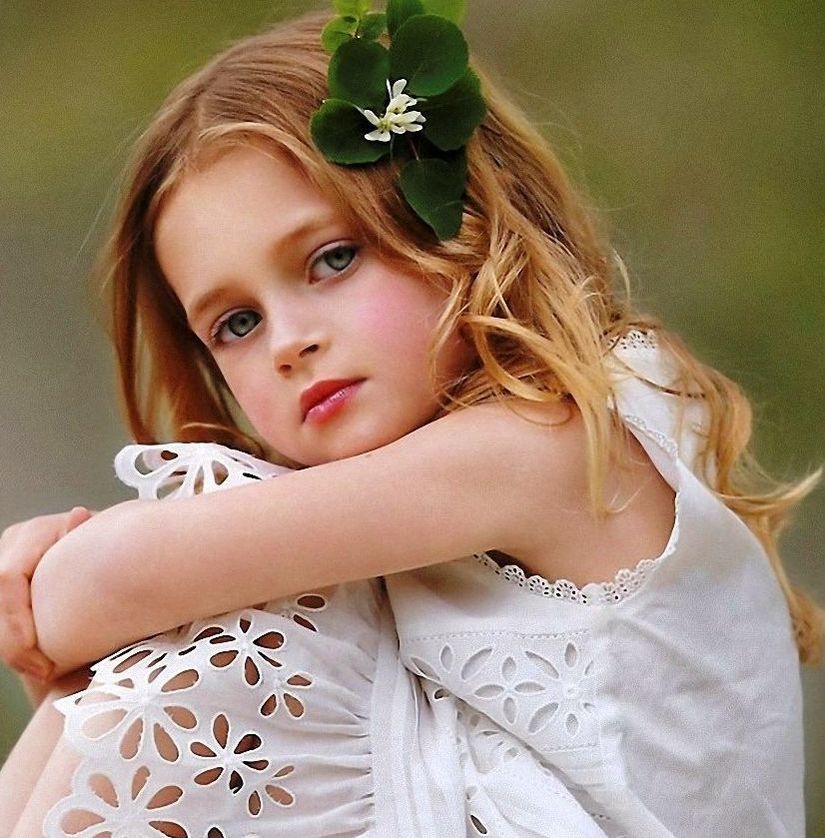
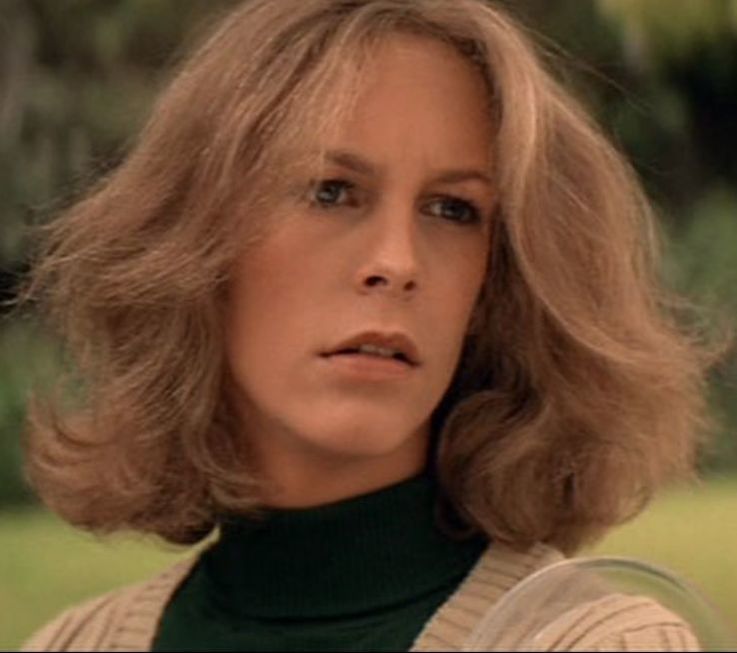
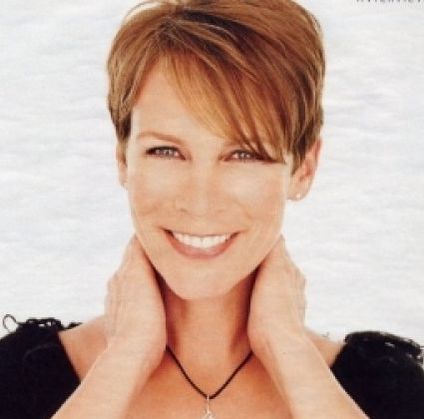
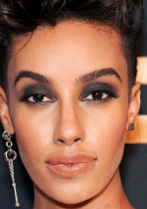
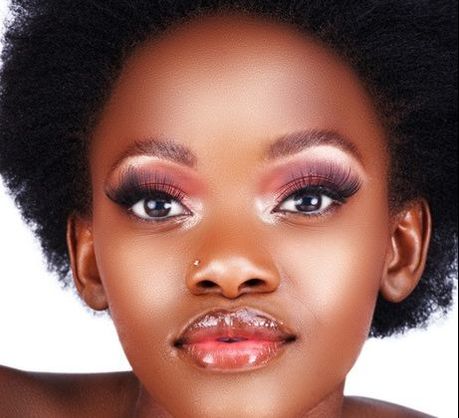
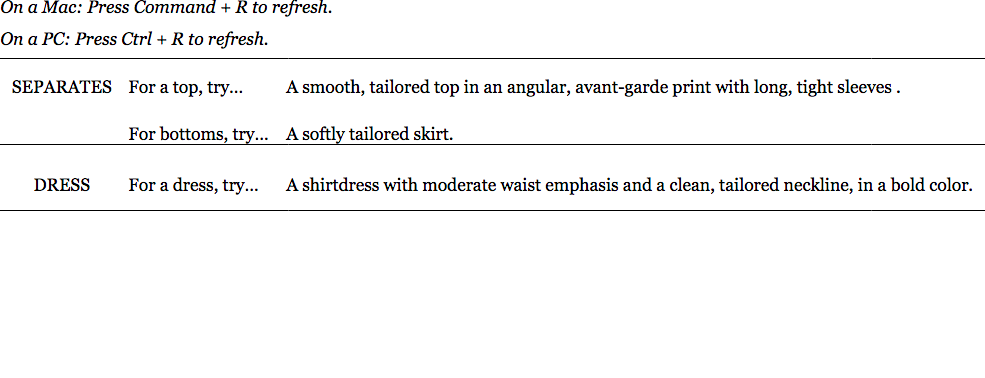
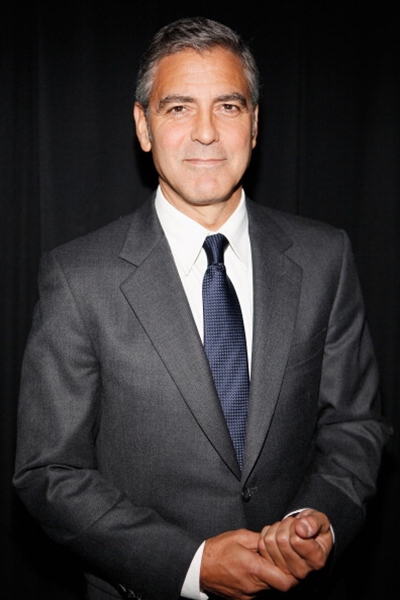
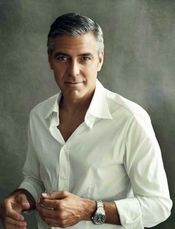
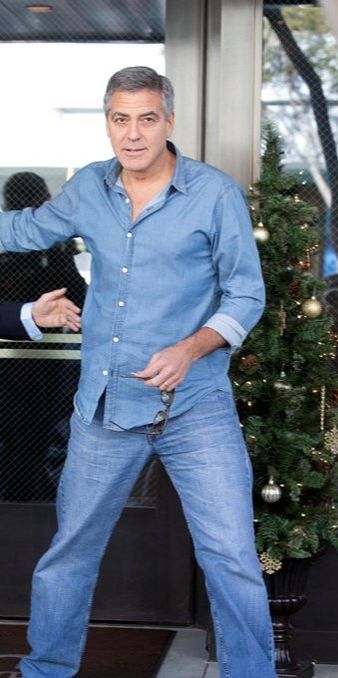
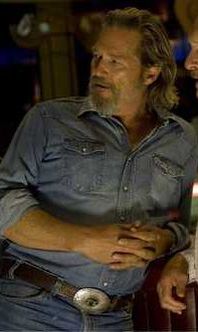
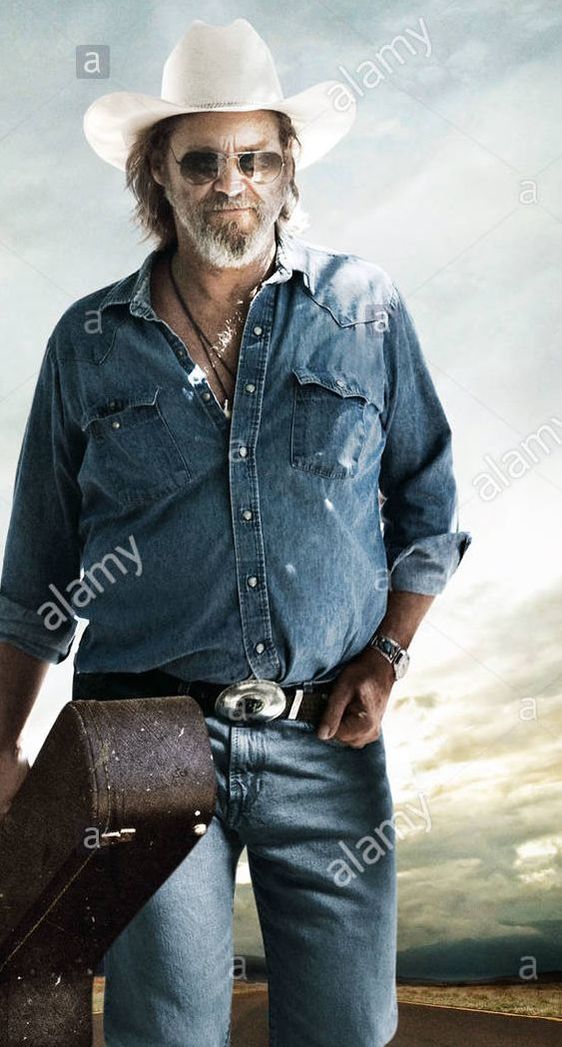
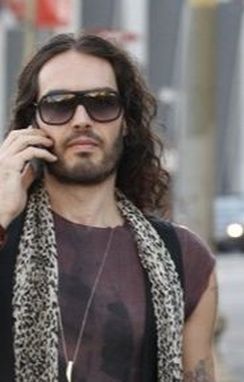

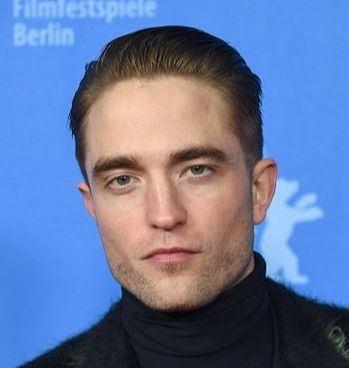
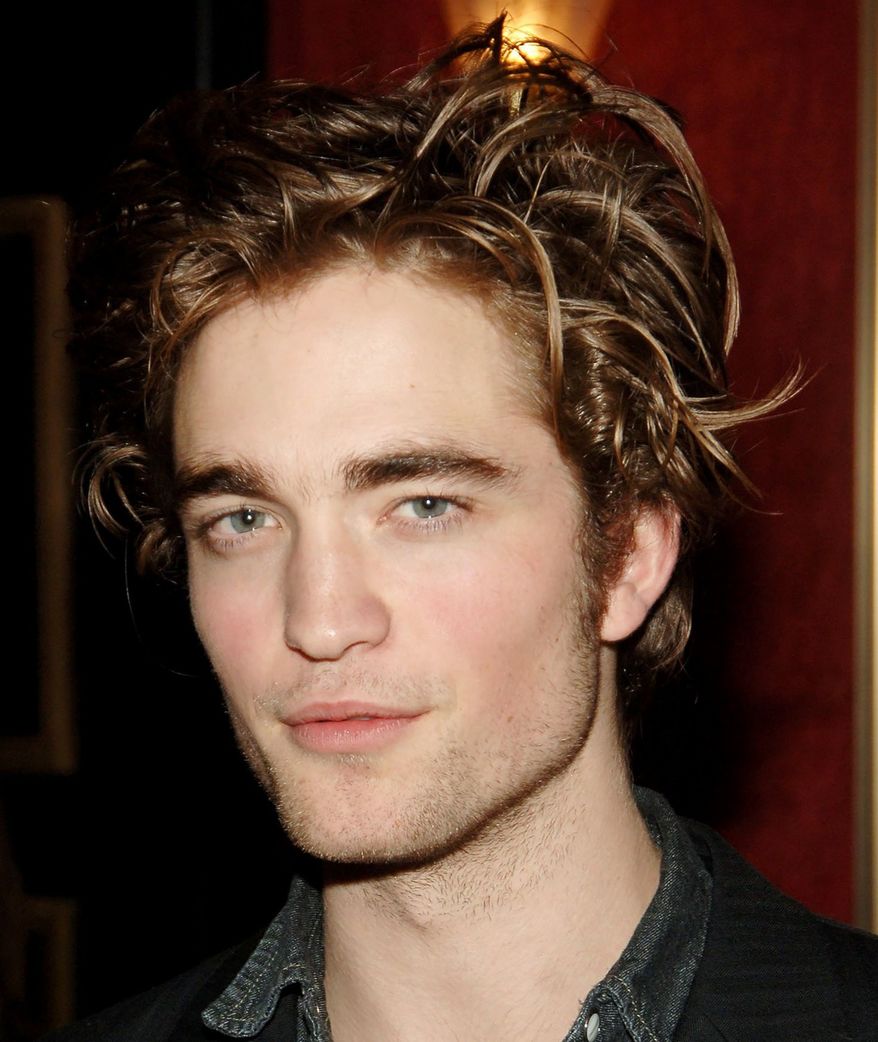
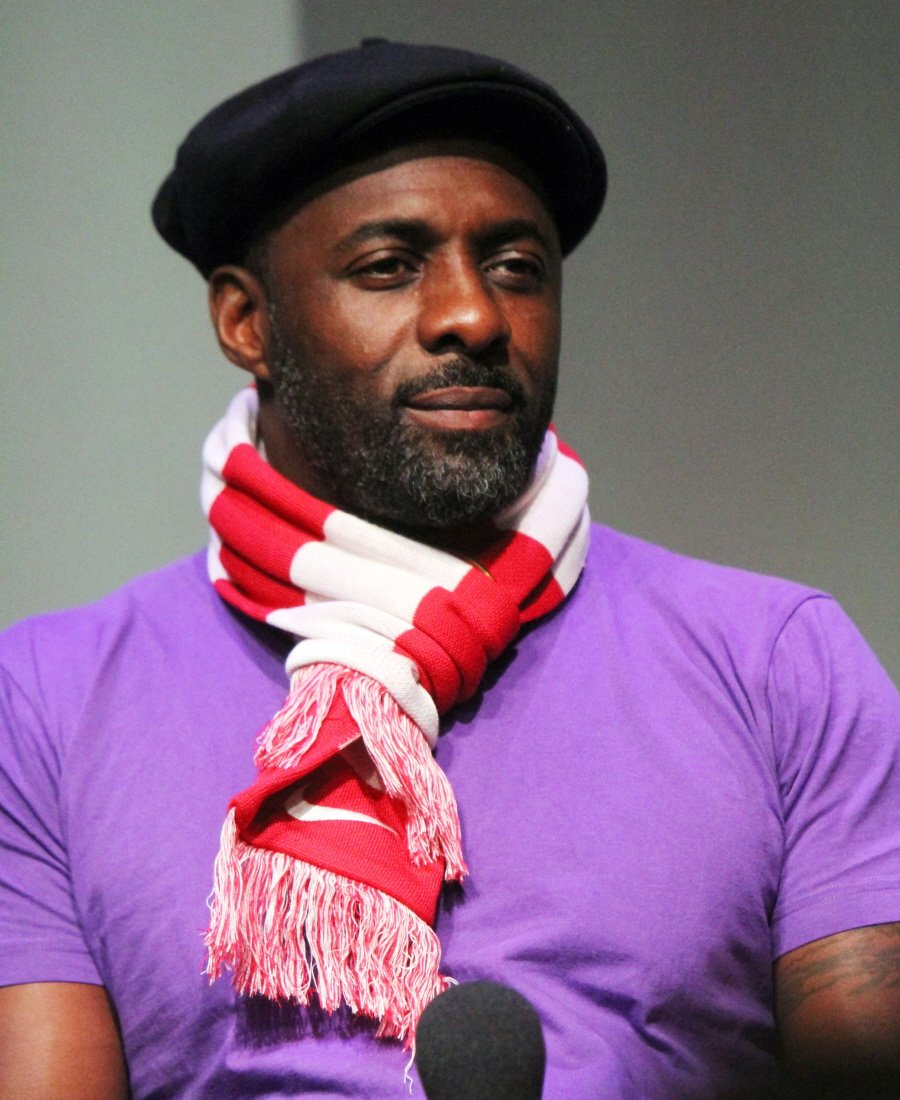
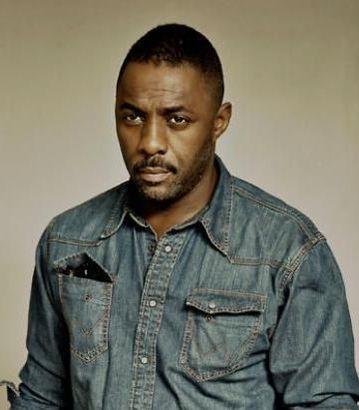

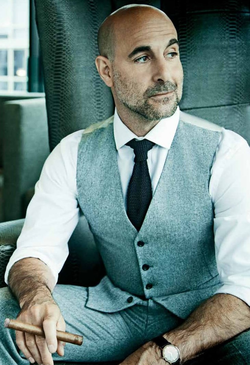

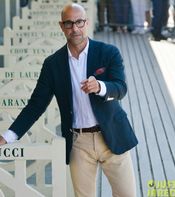

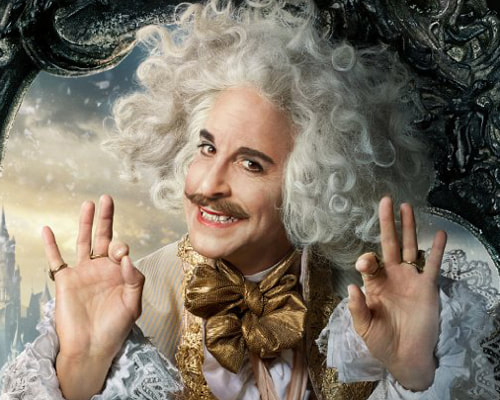

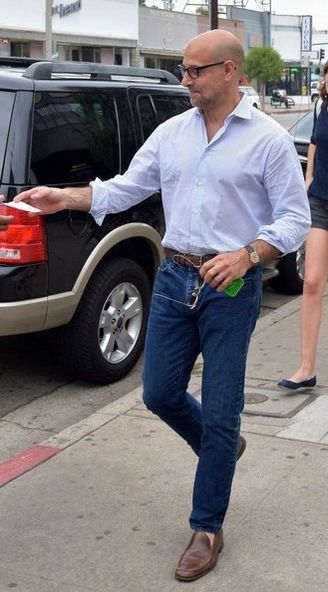
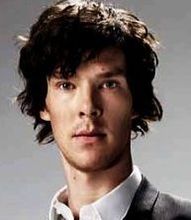
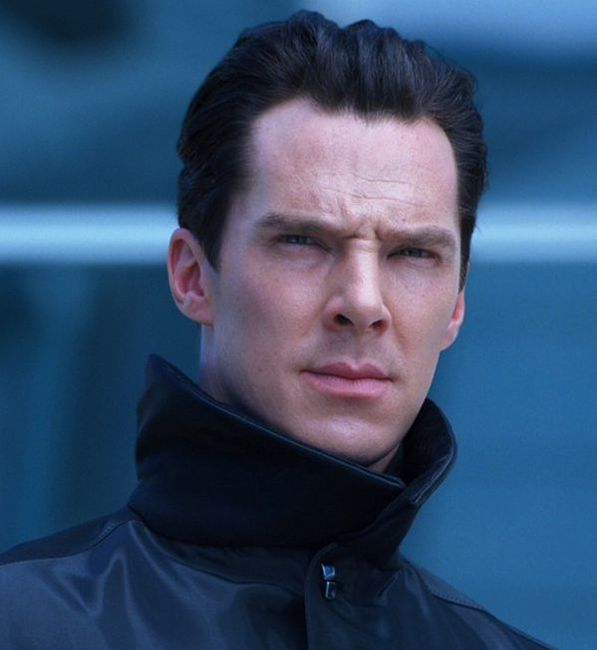
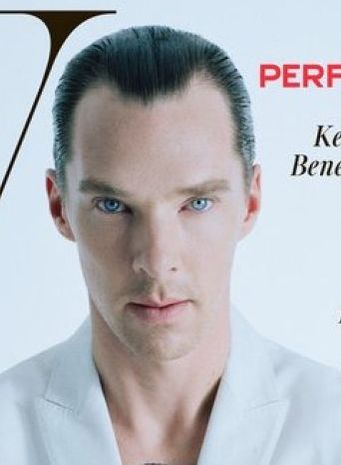
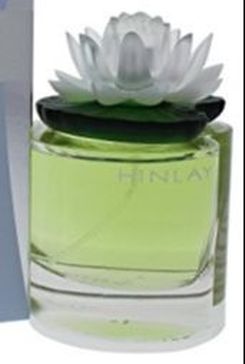
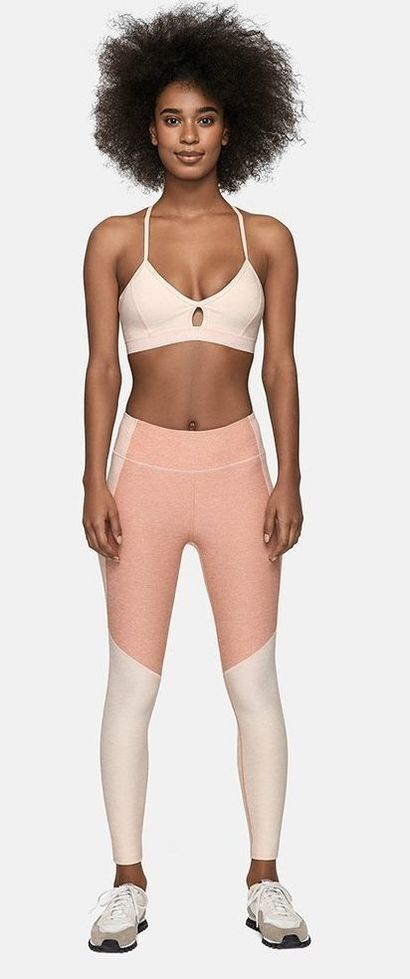
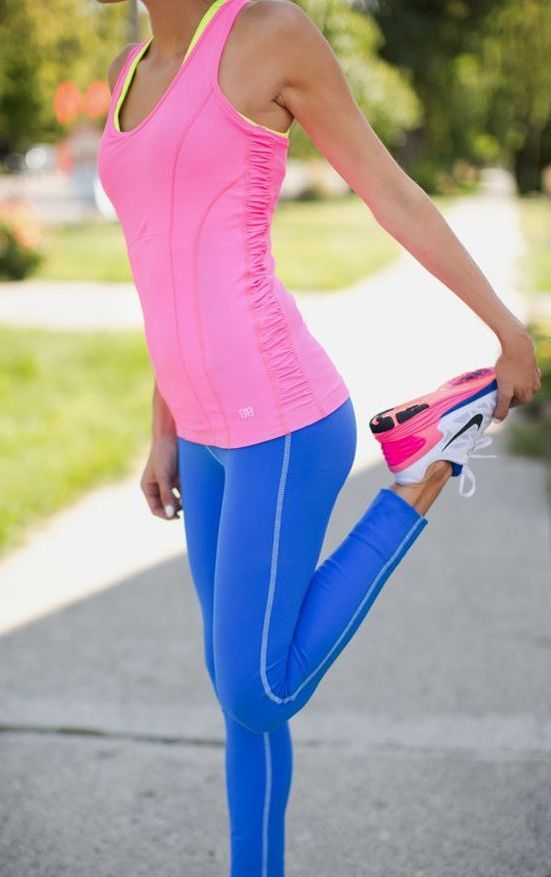
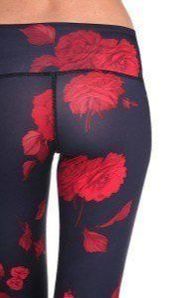
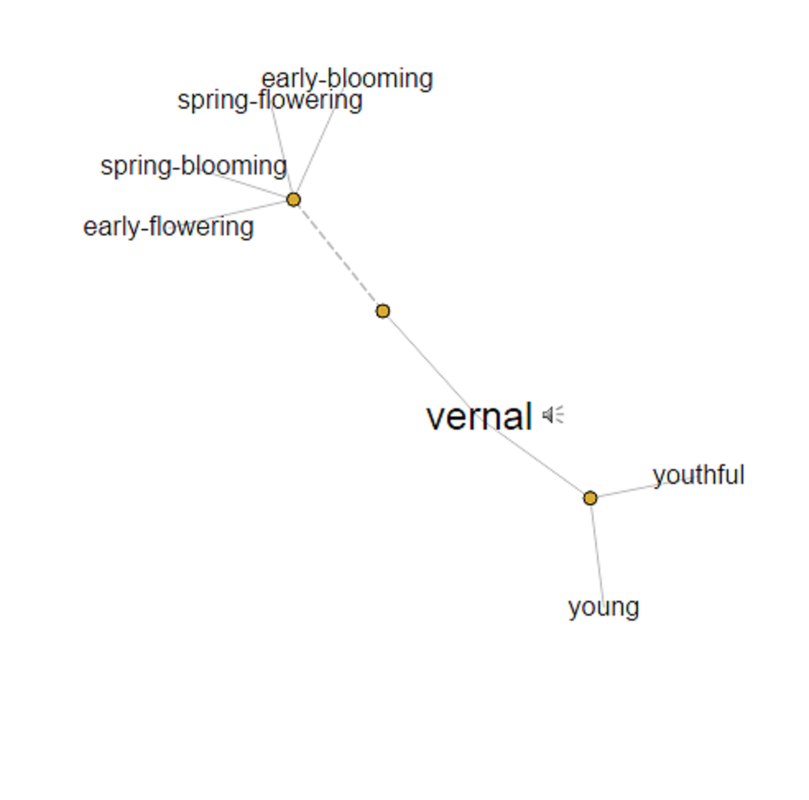
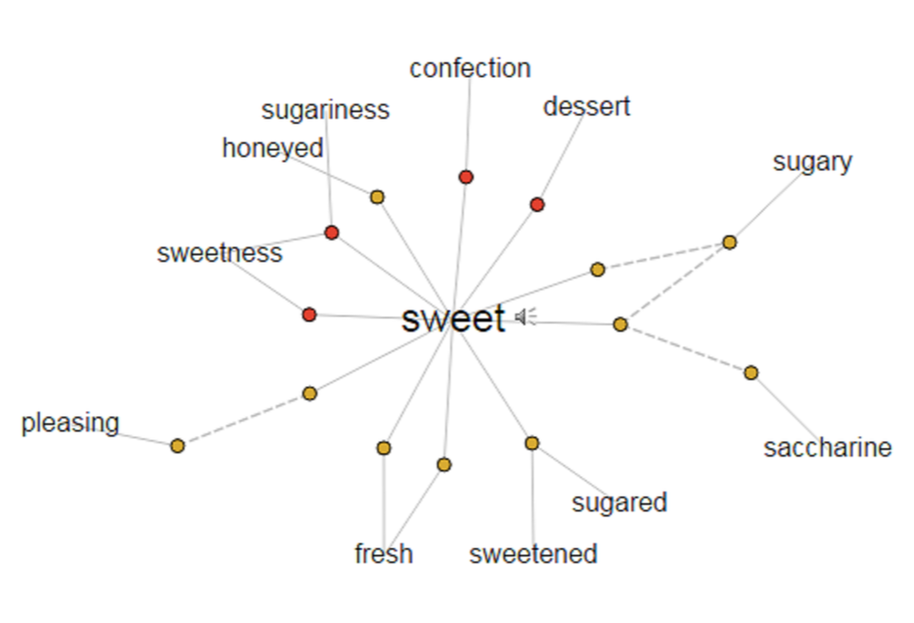
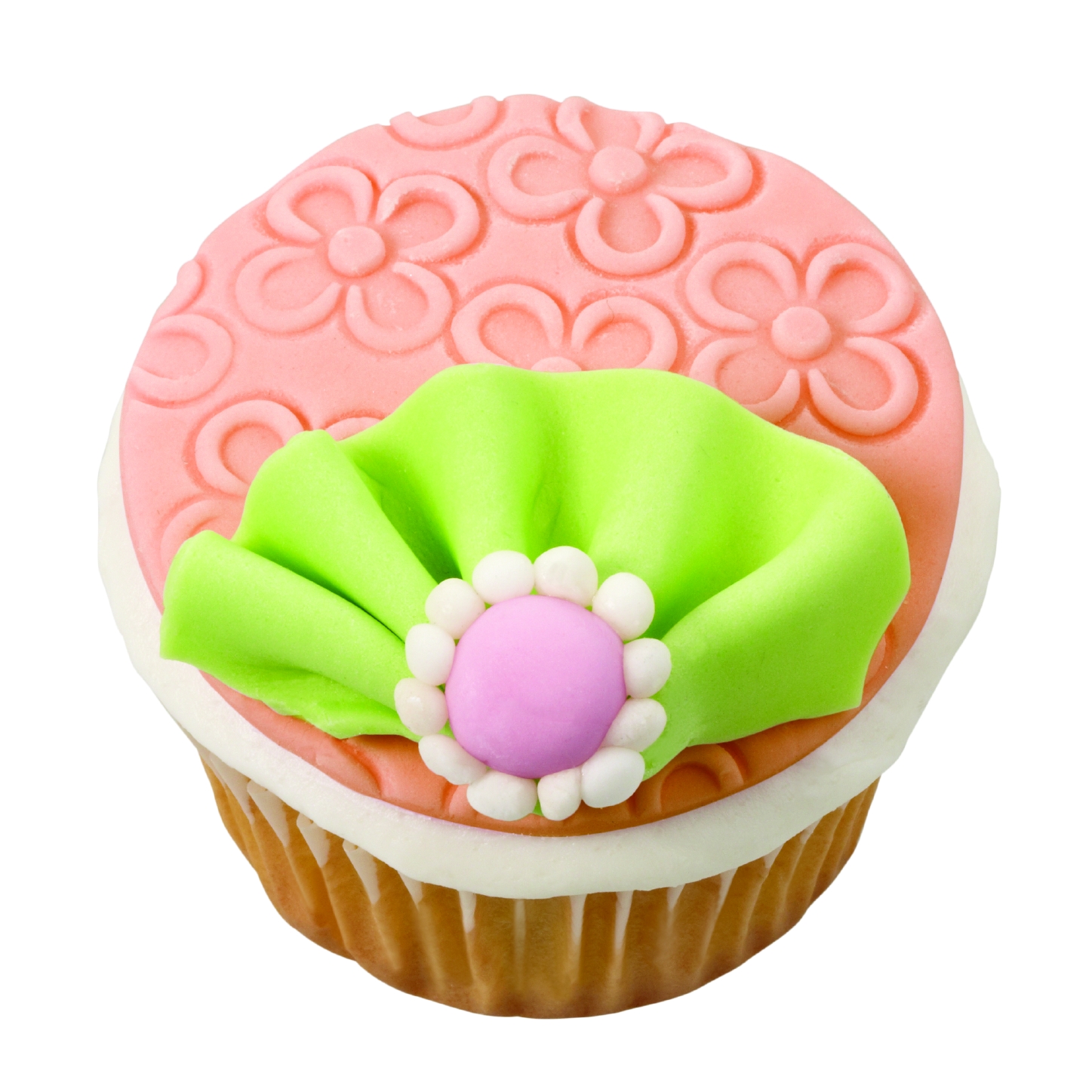
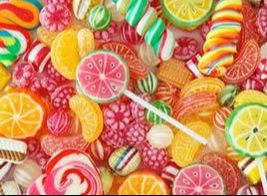
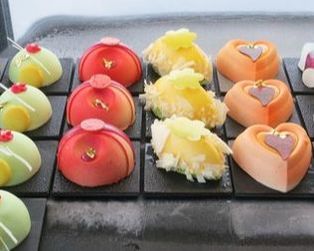
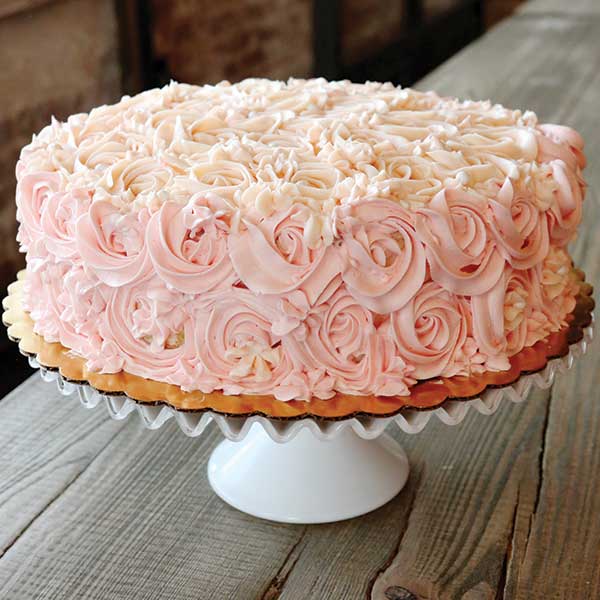
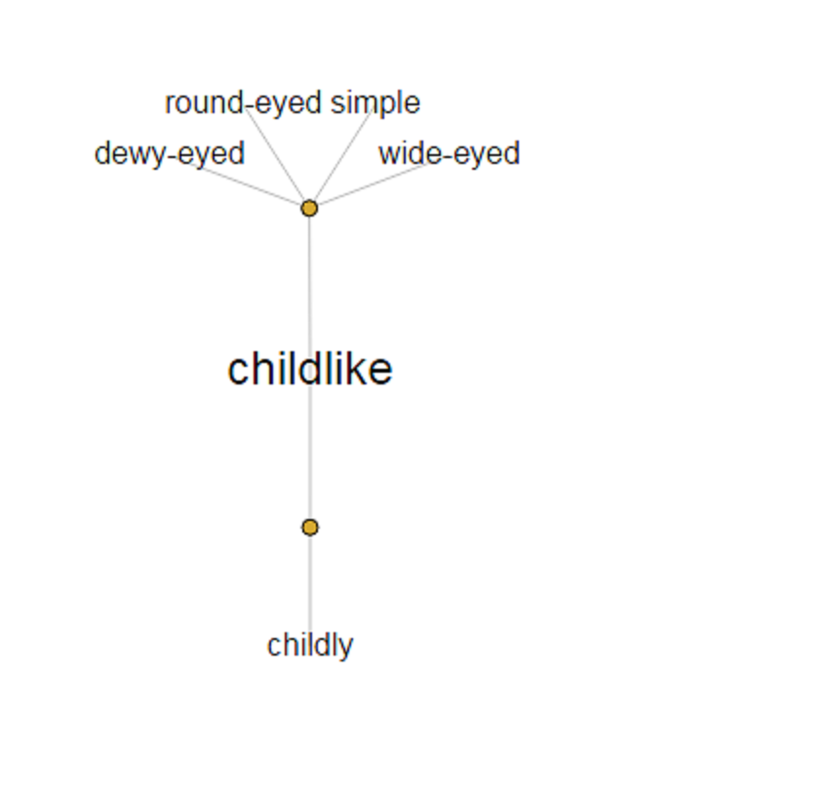
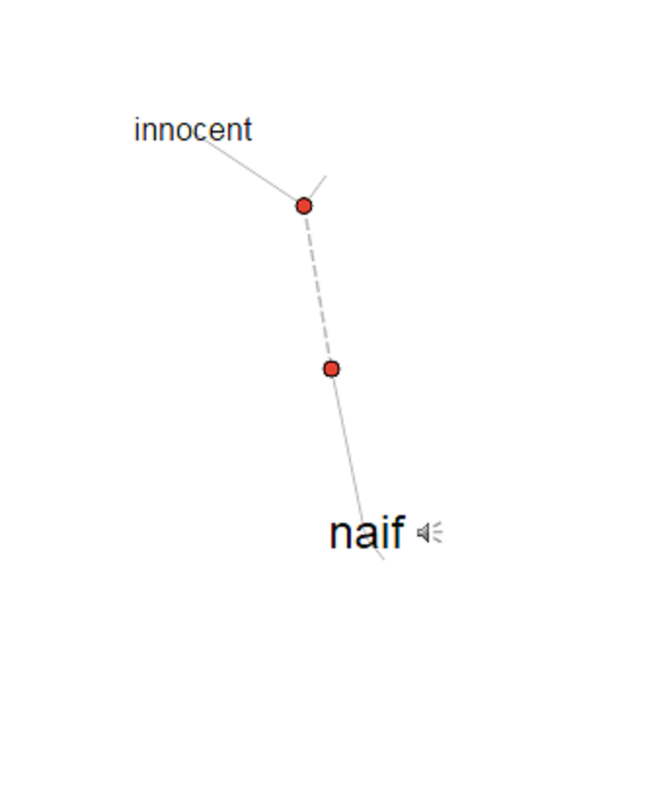
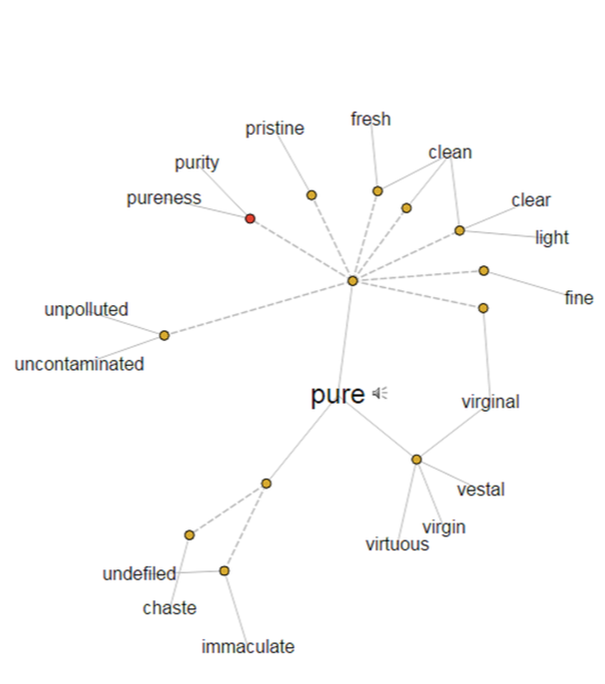
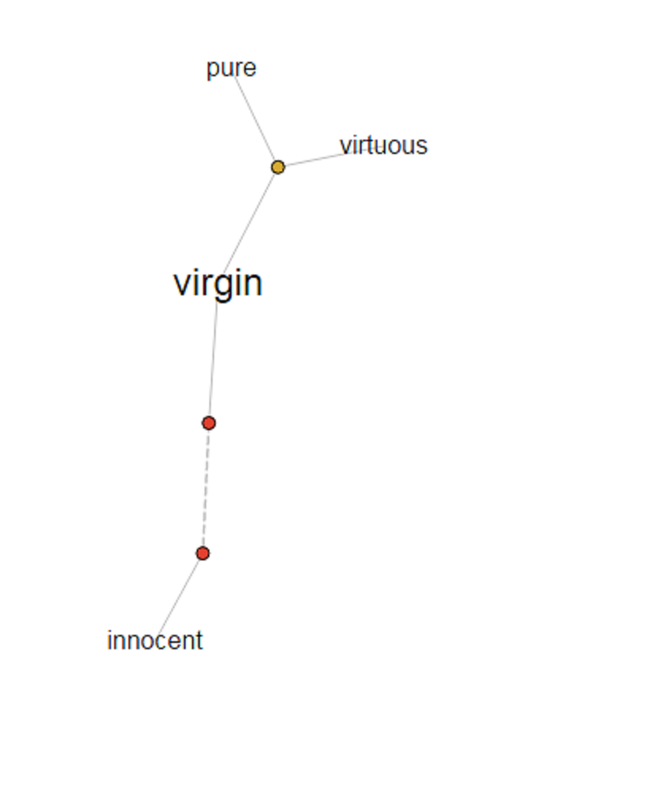
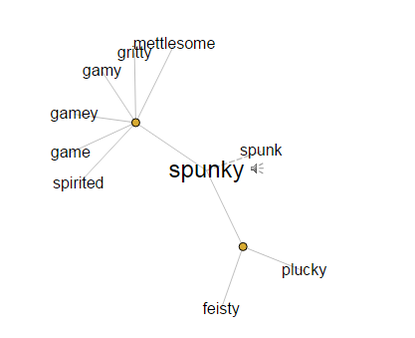
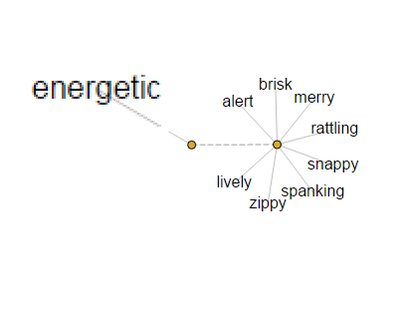
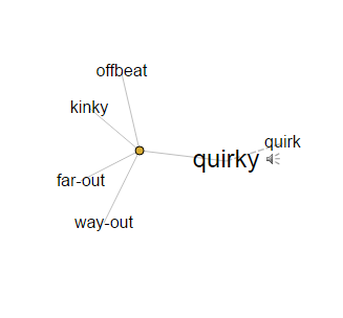
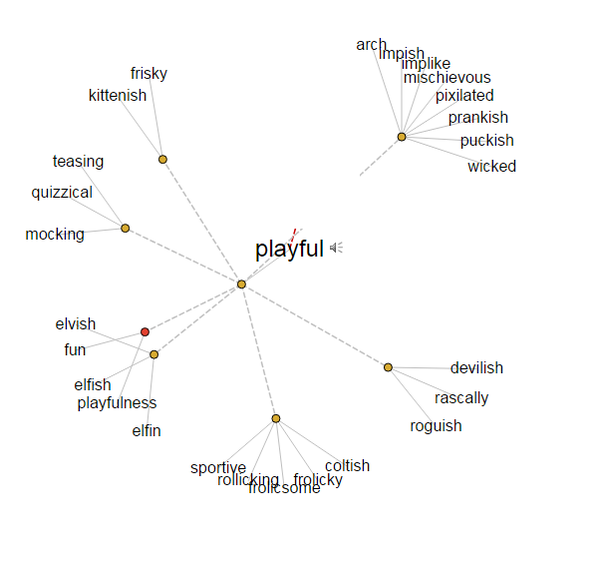
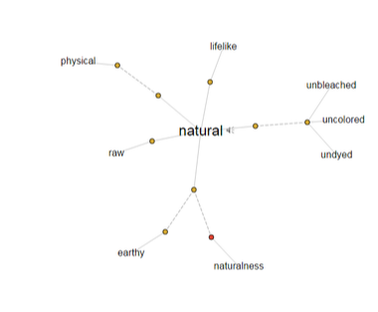
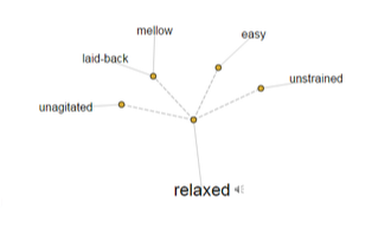
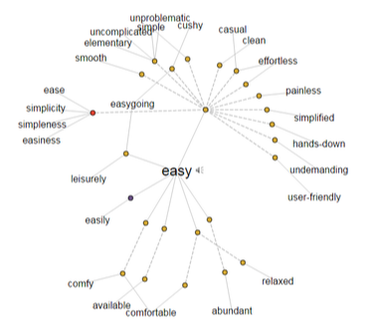
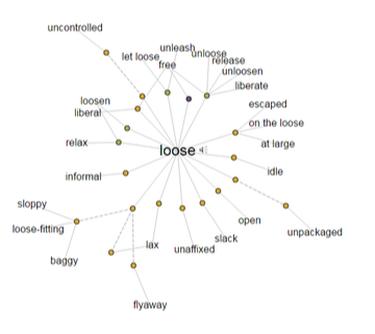

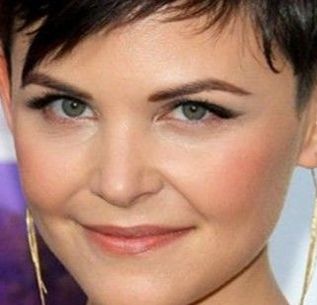
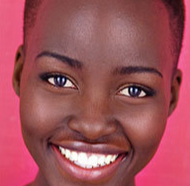
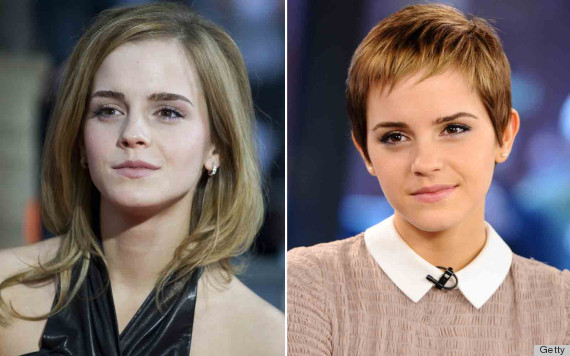
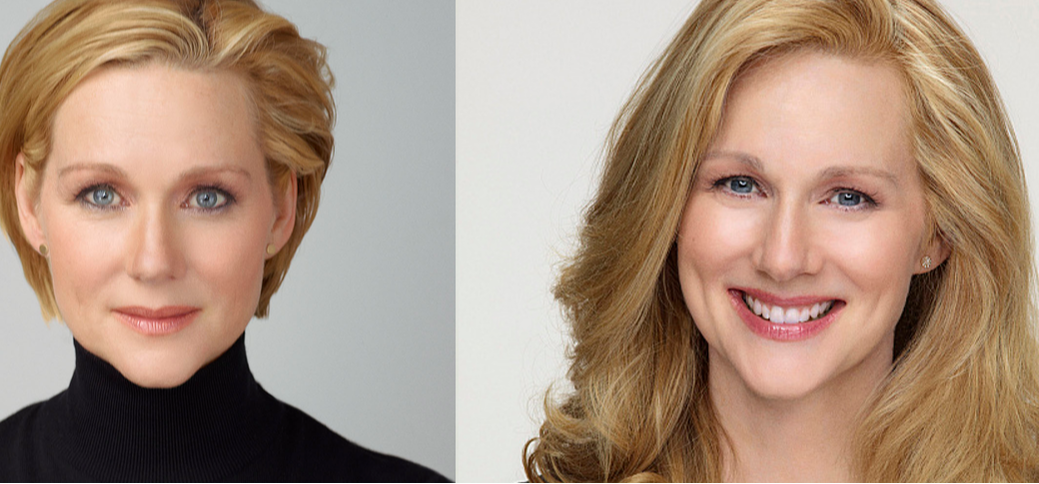
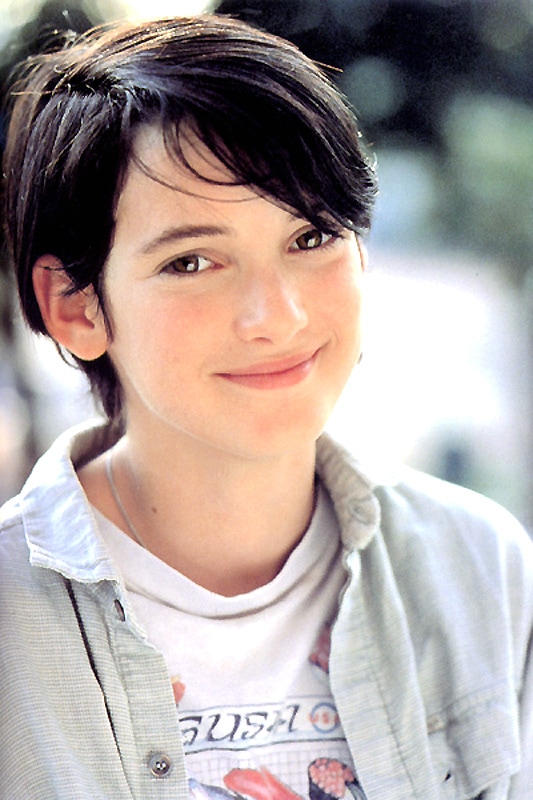
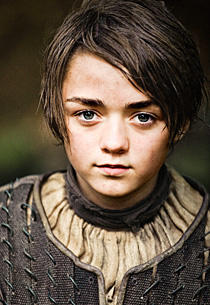
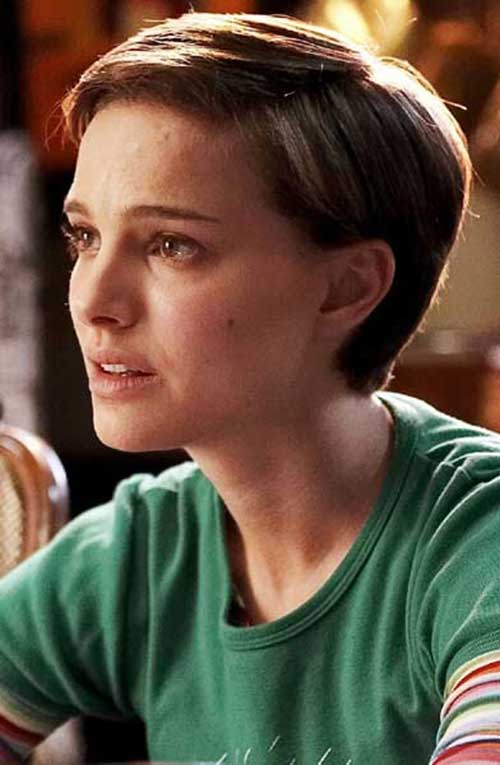
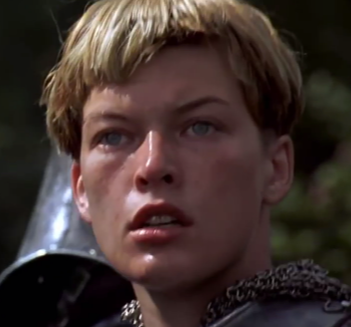
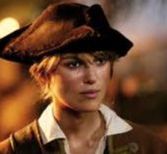
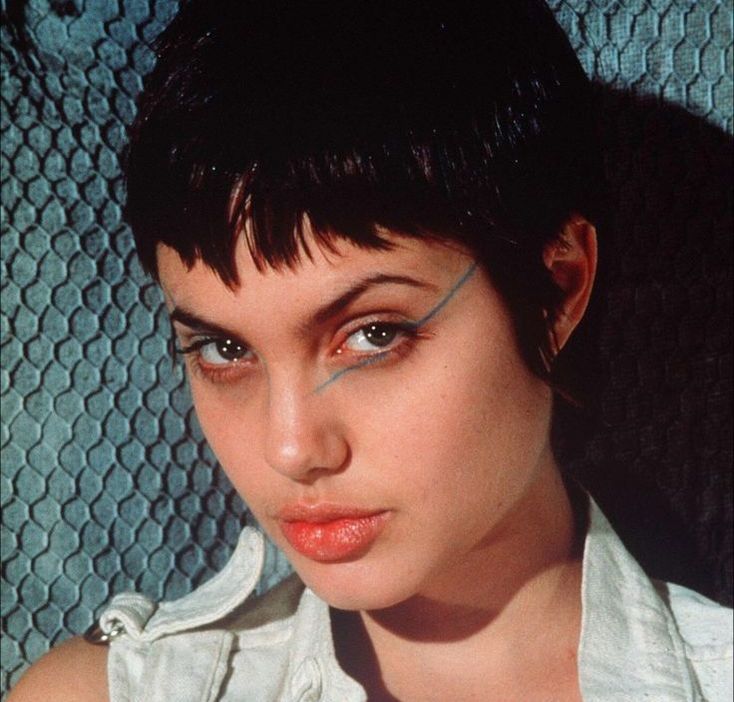

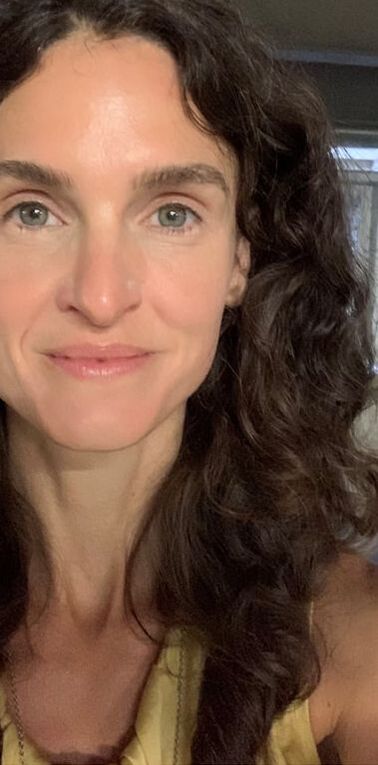

 RSS Feed
RSS Feed